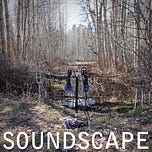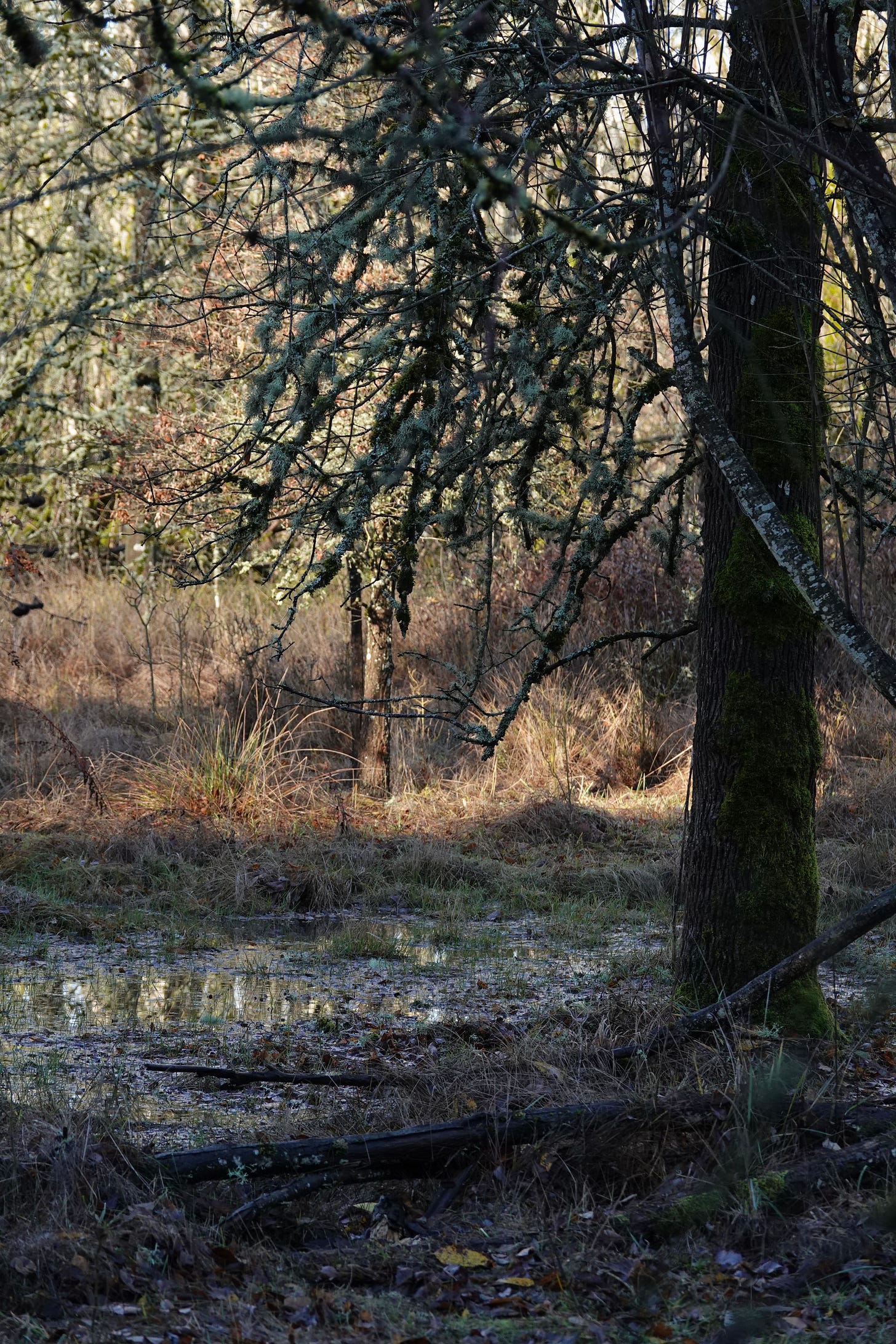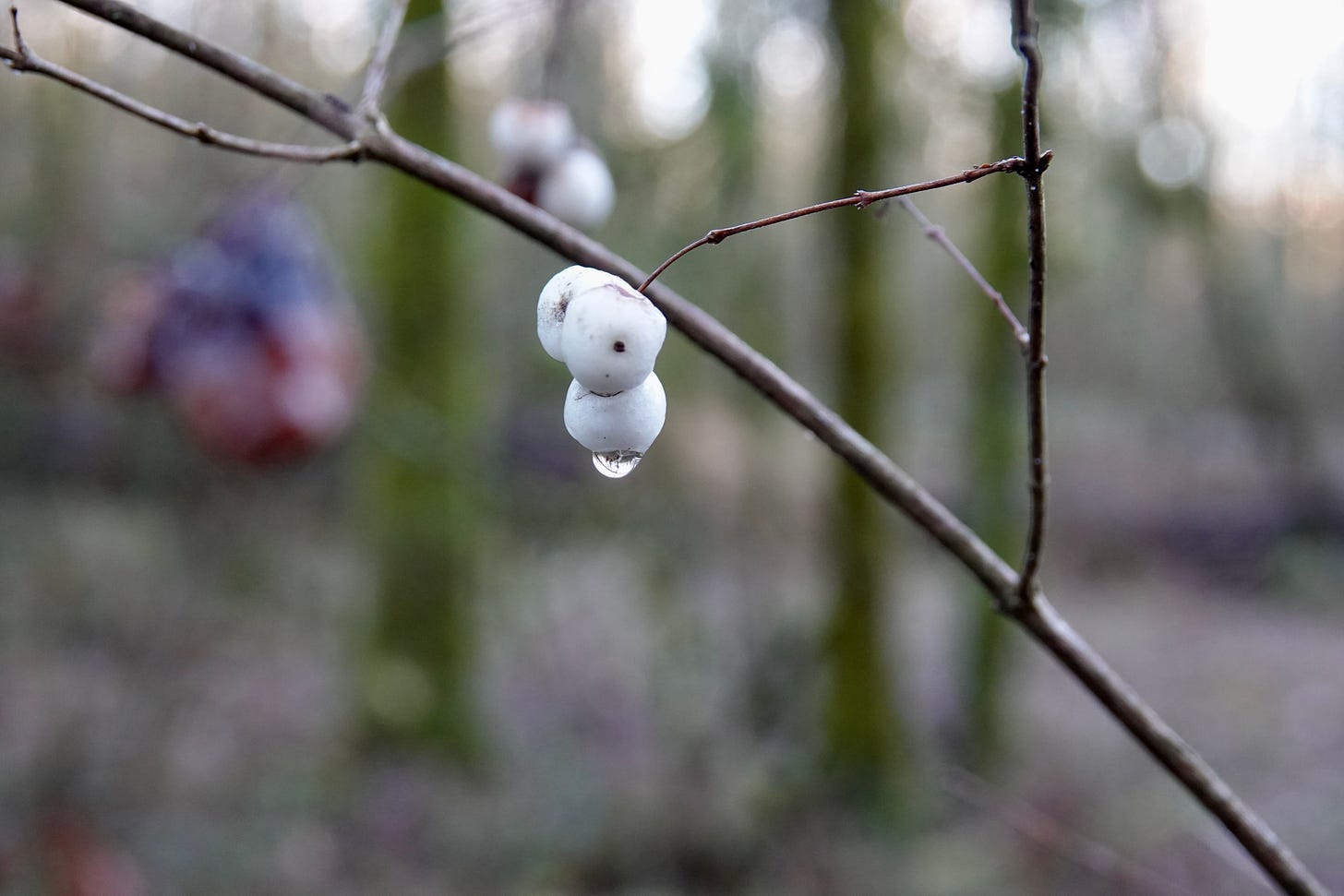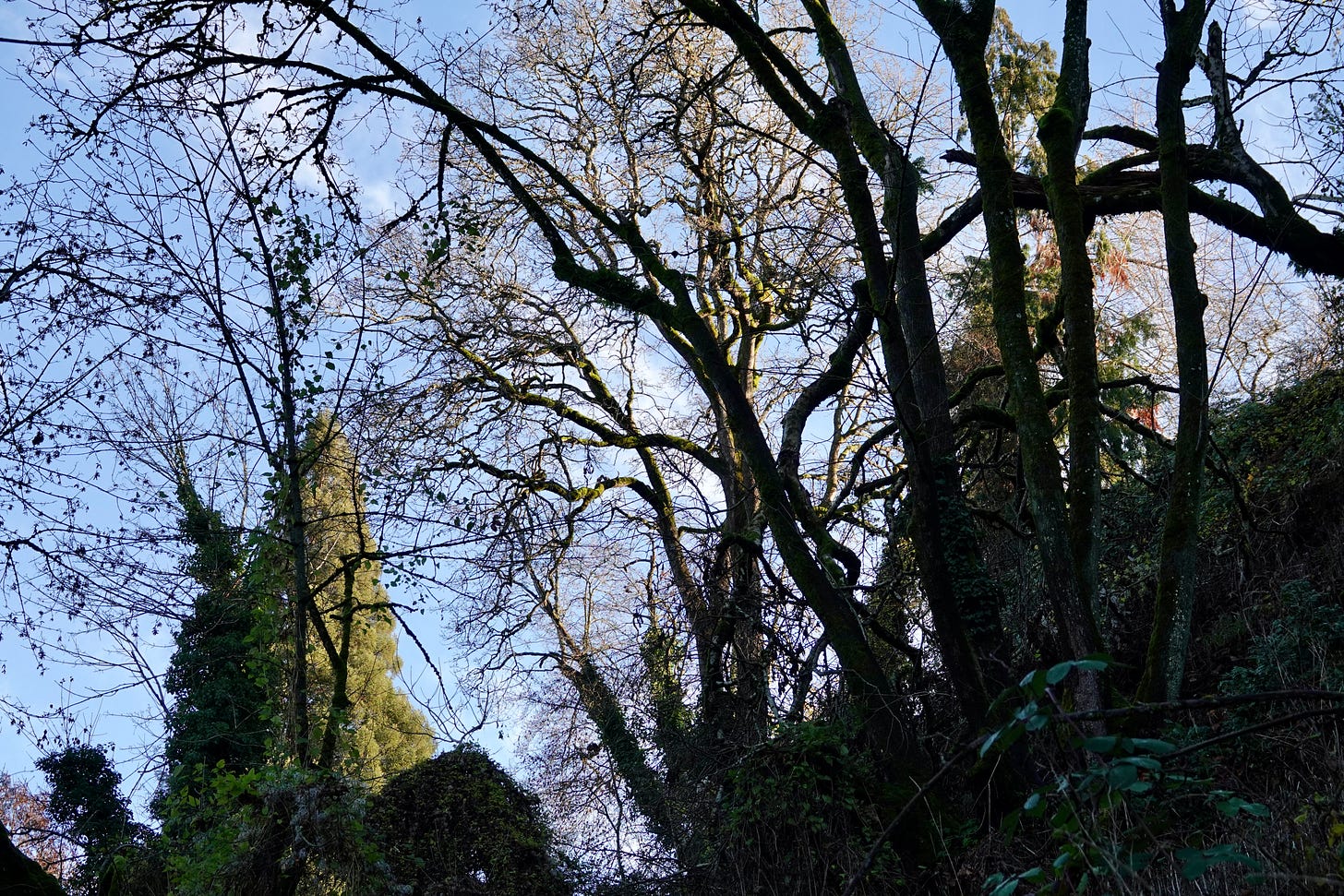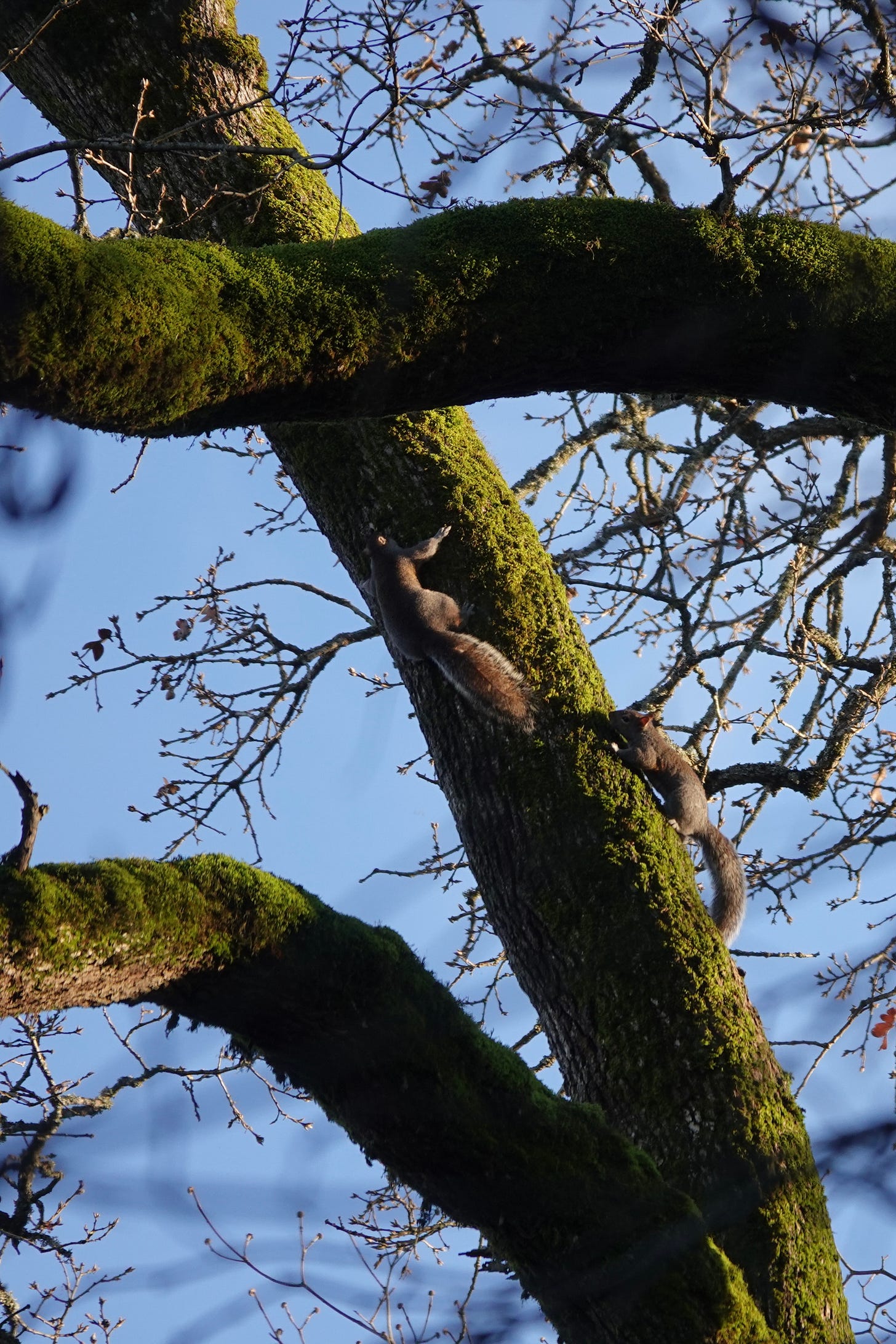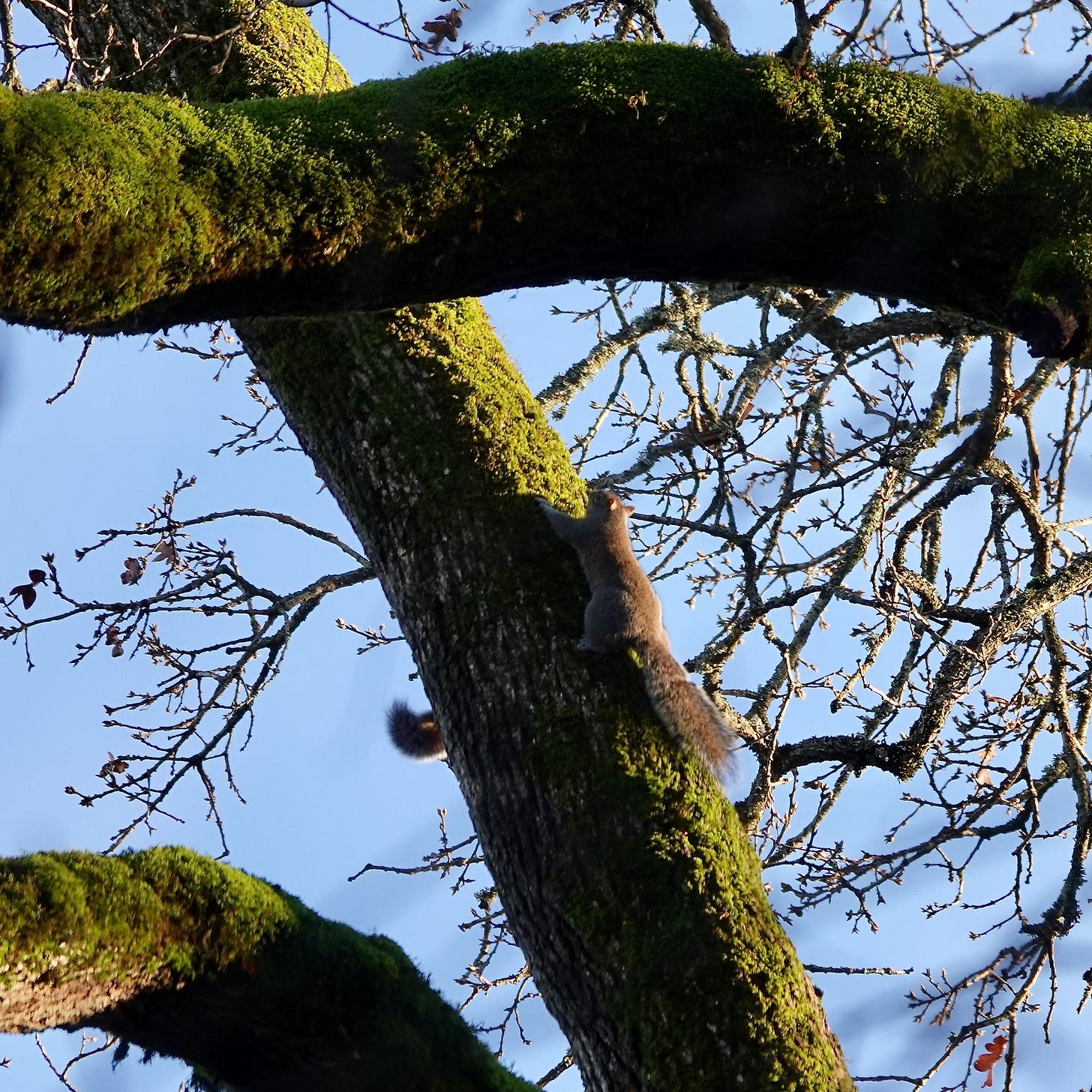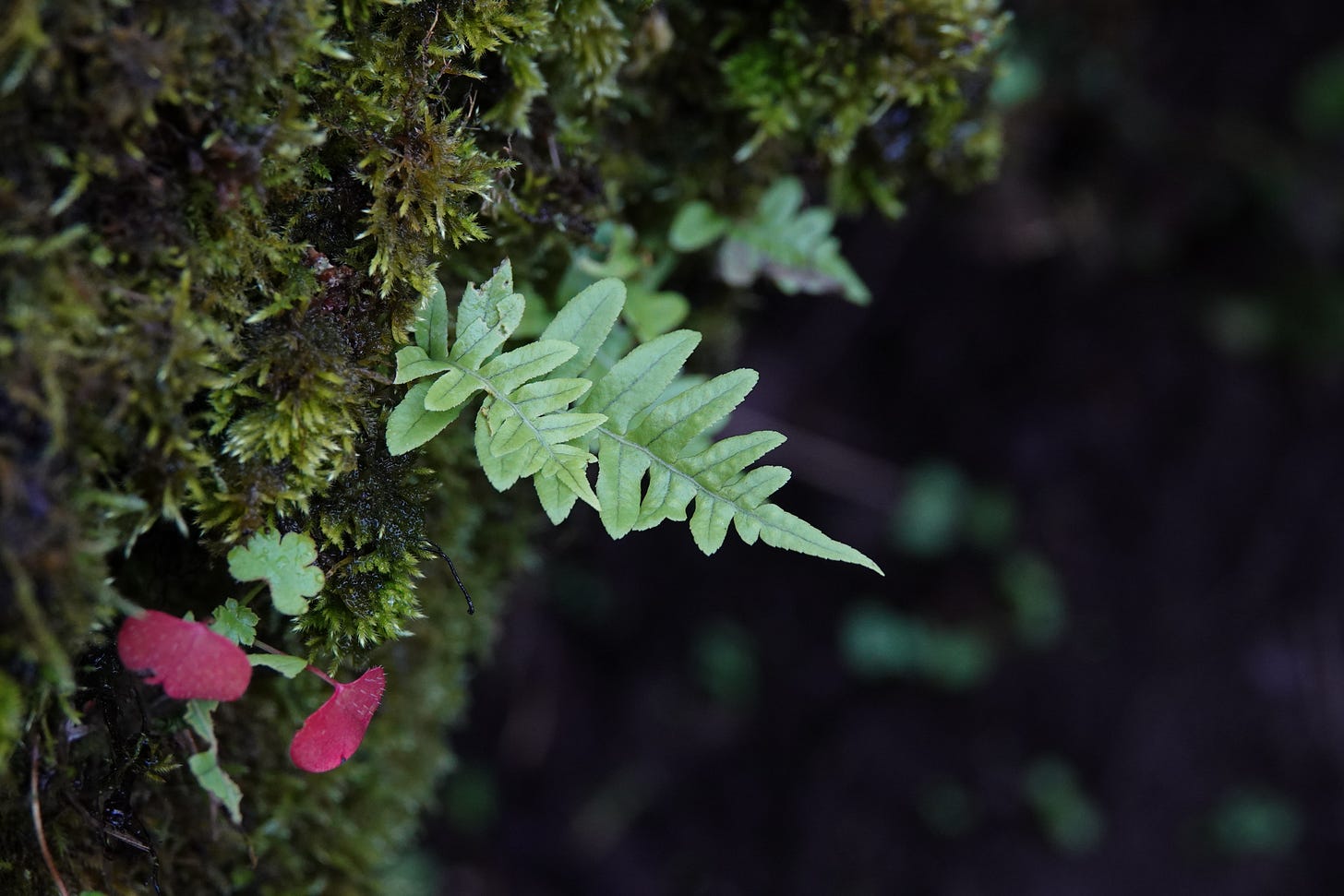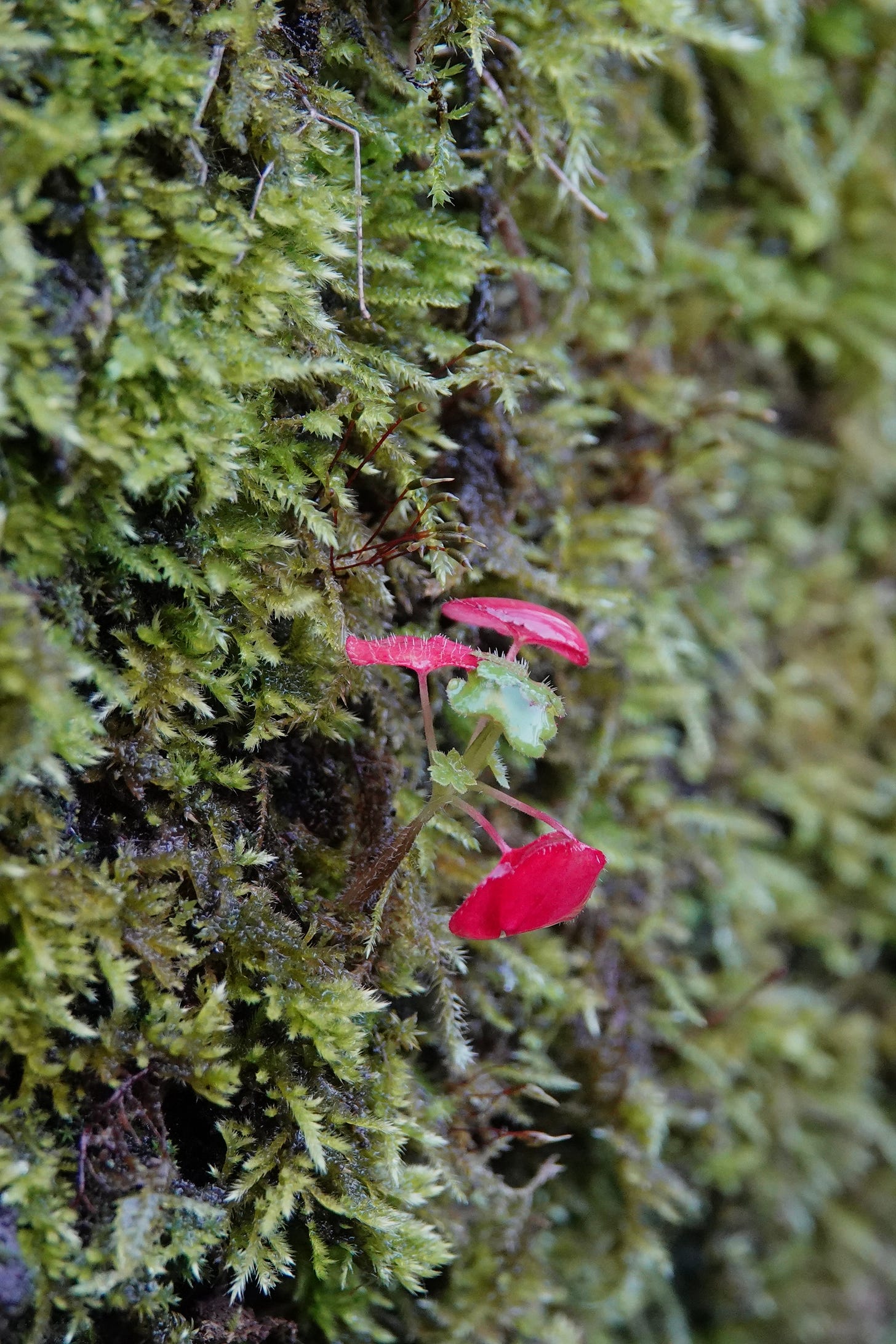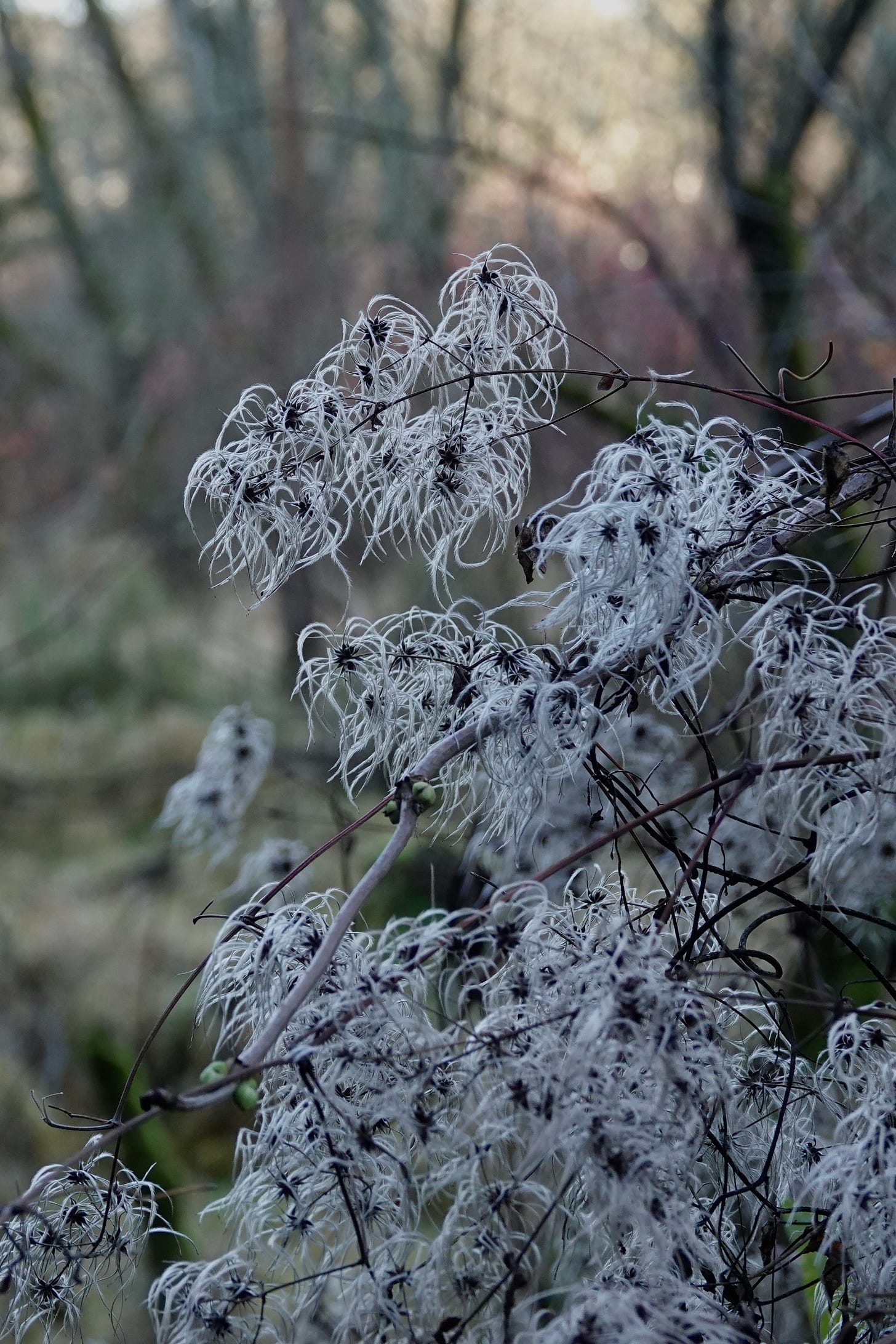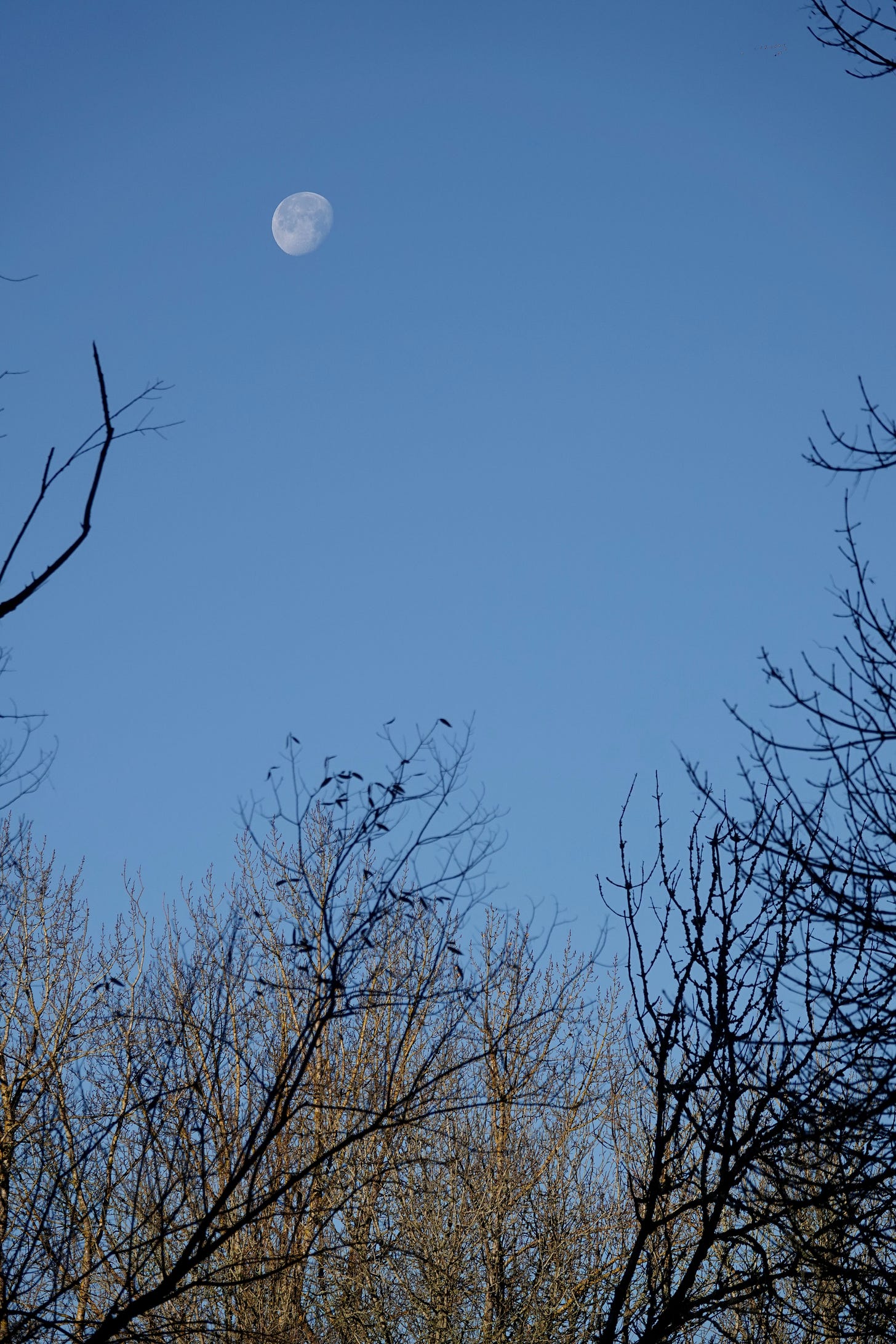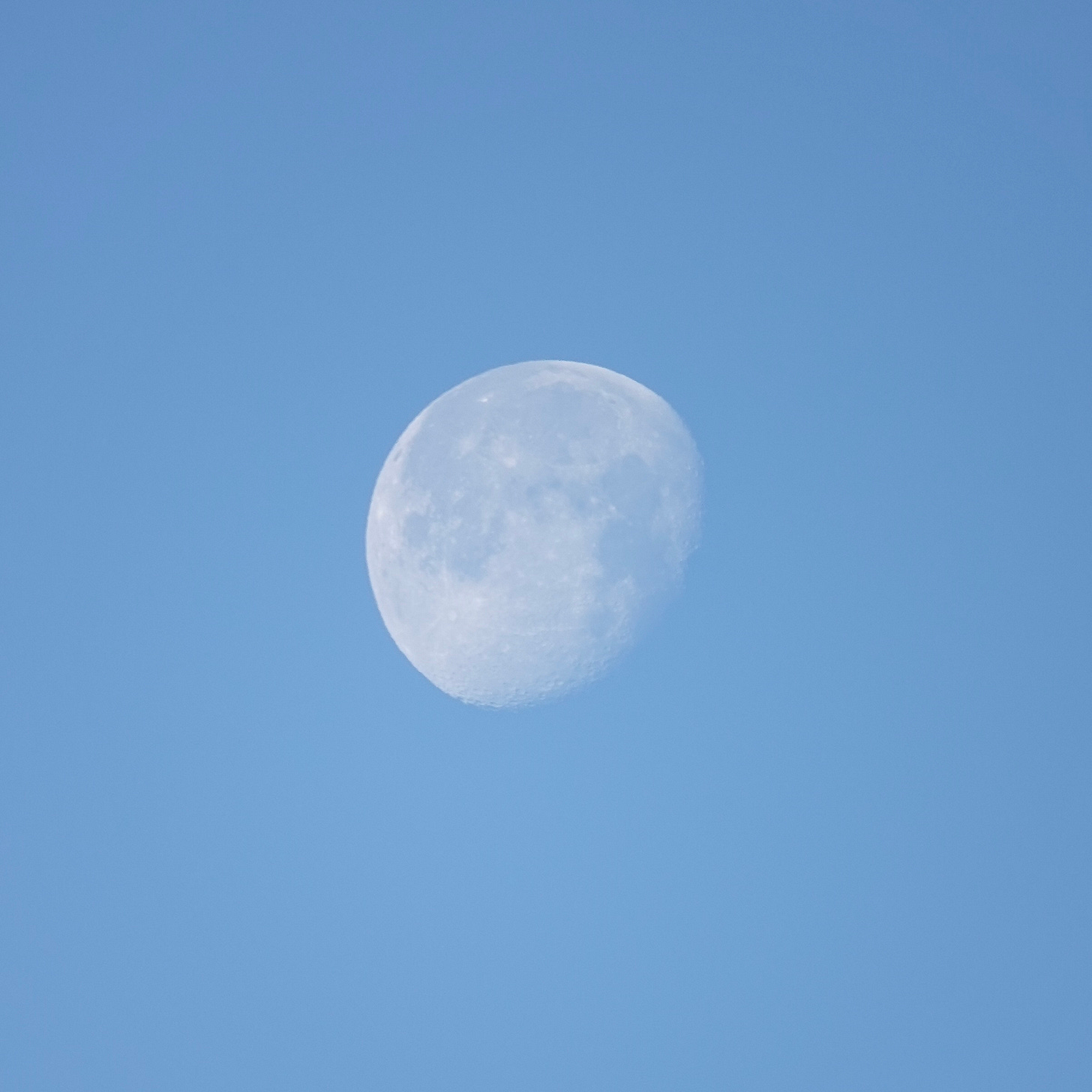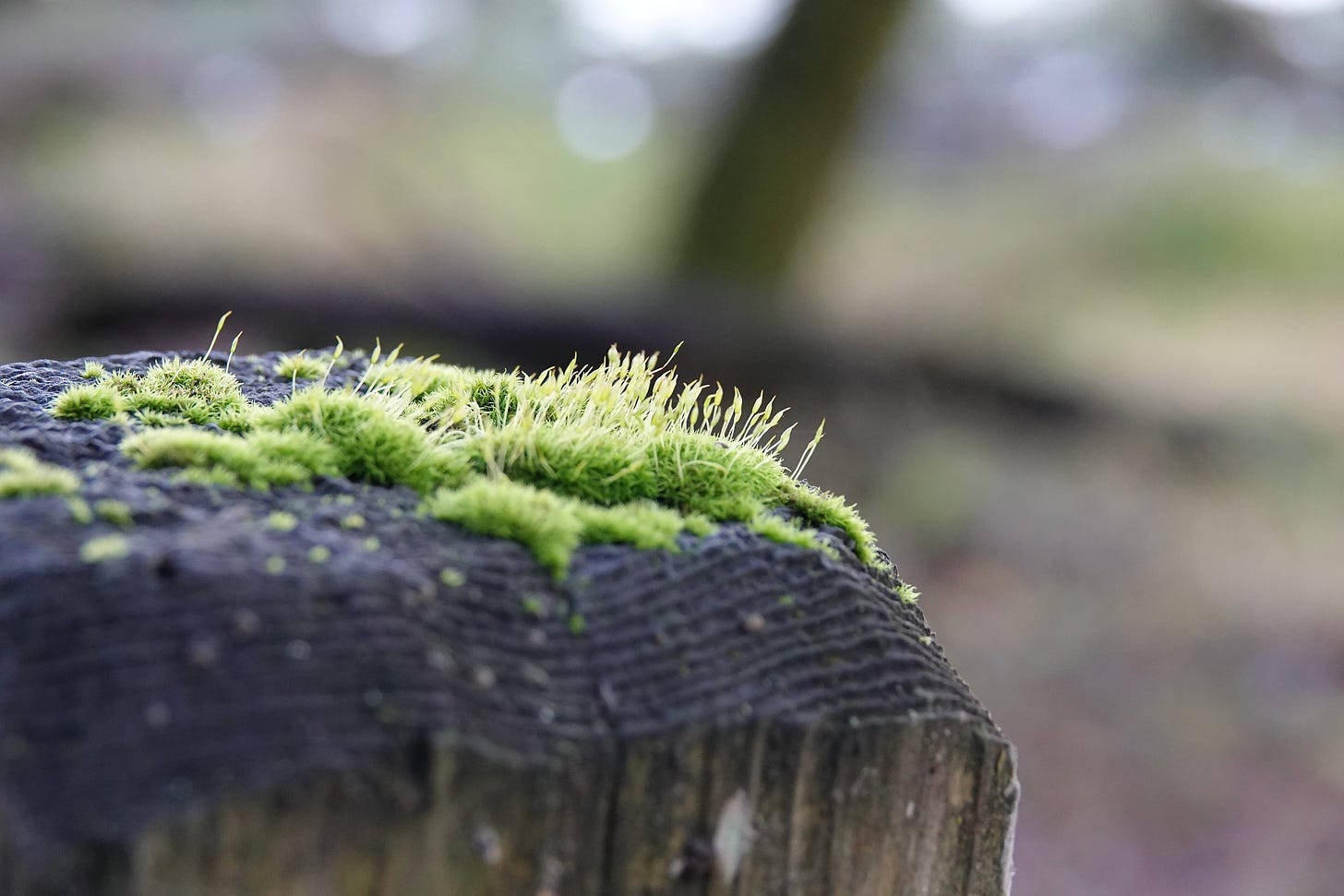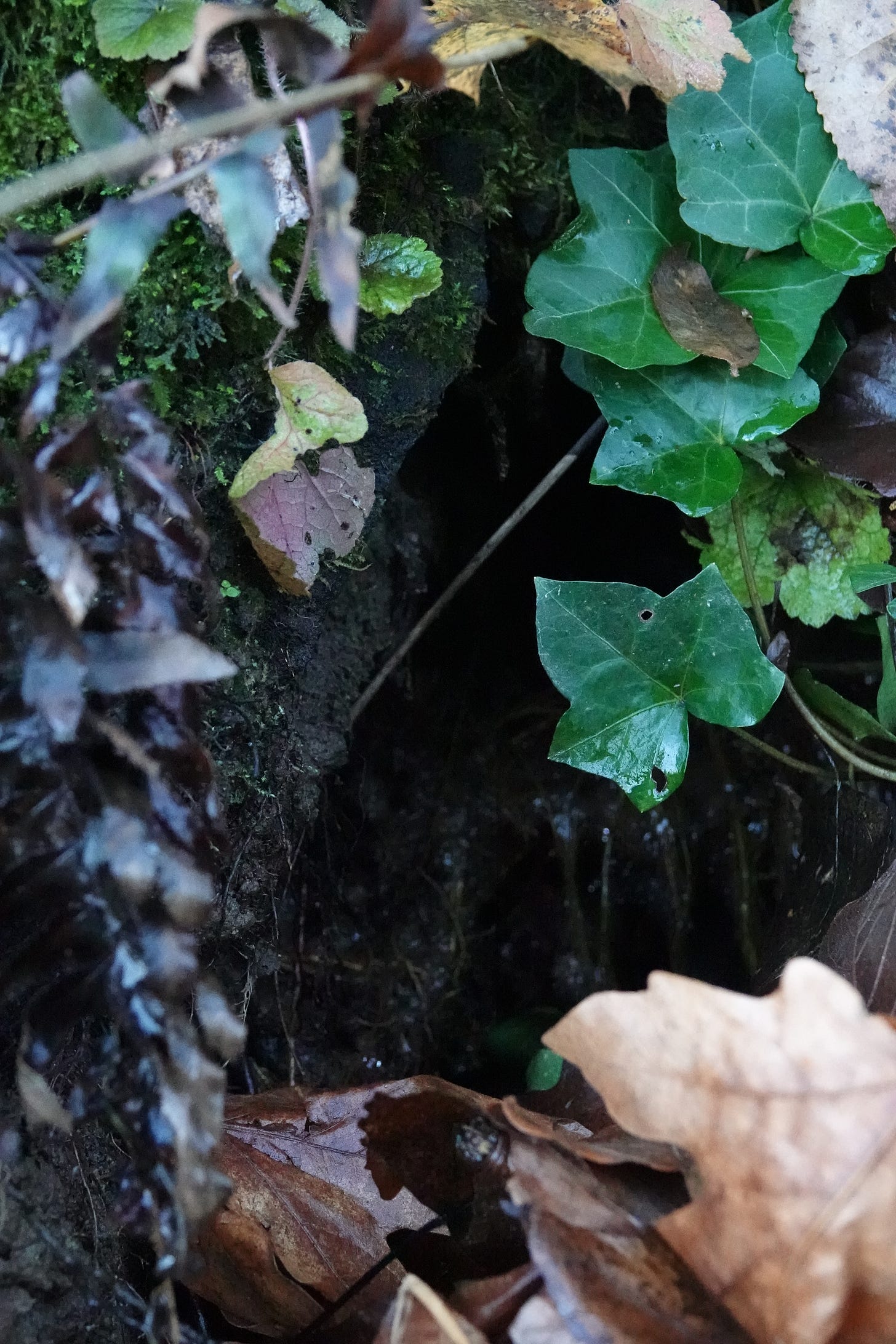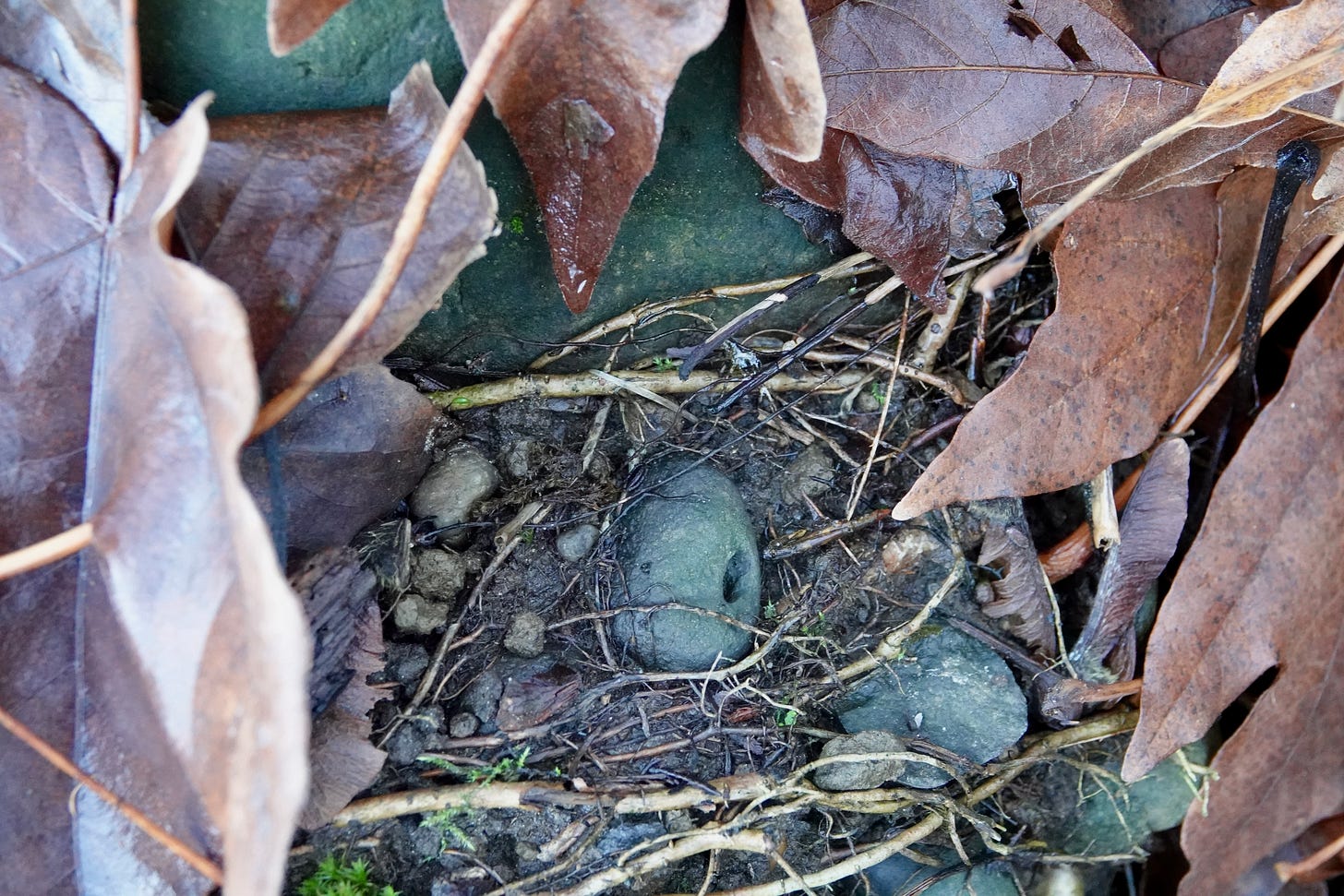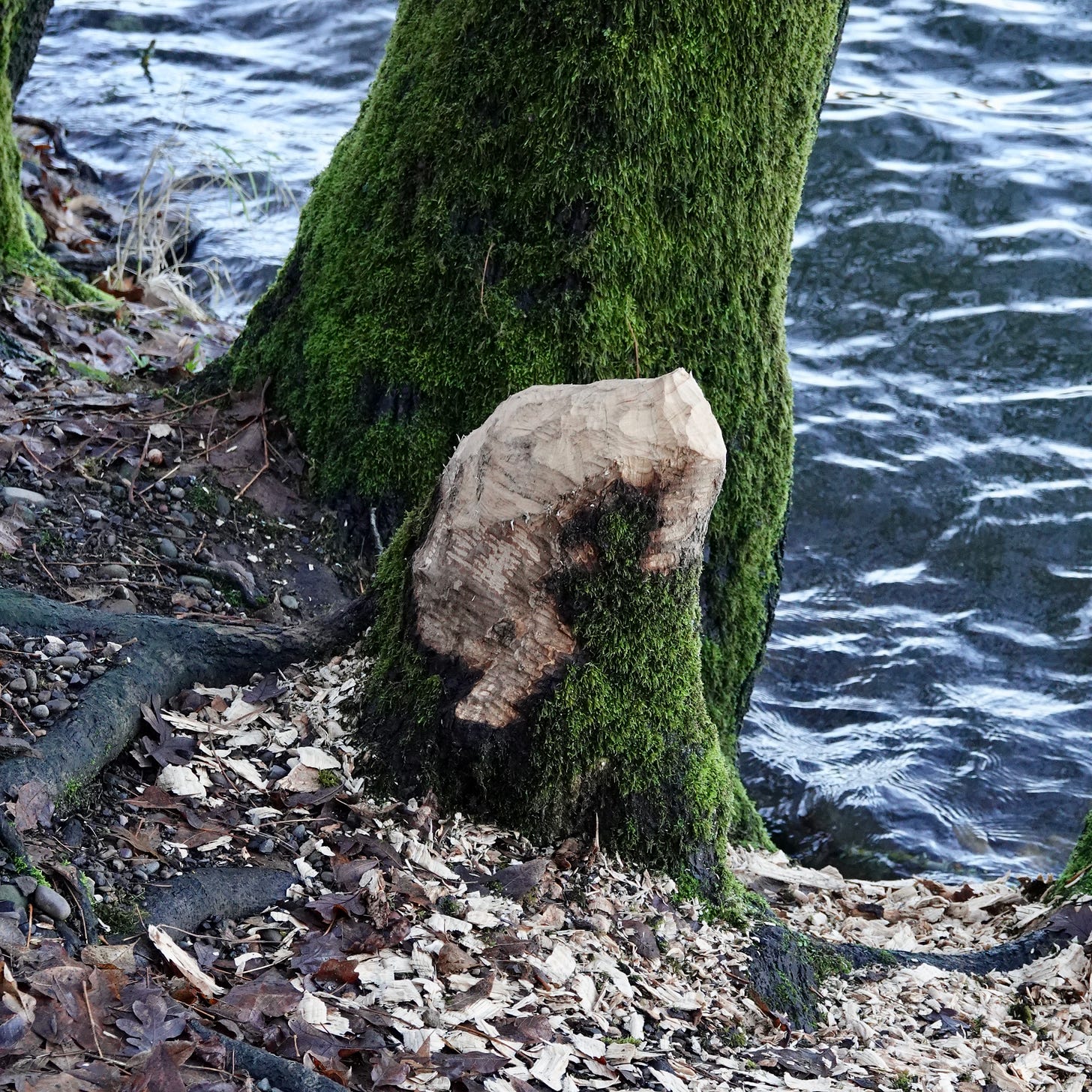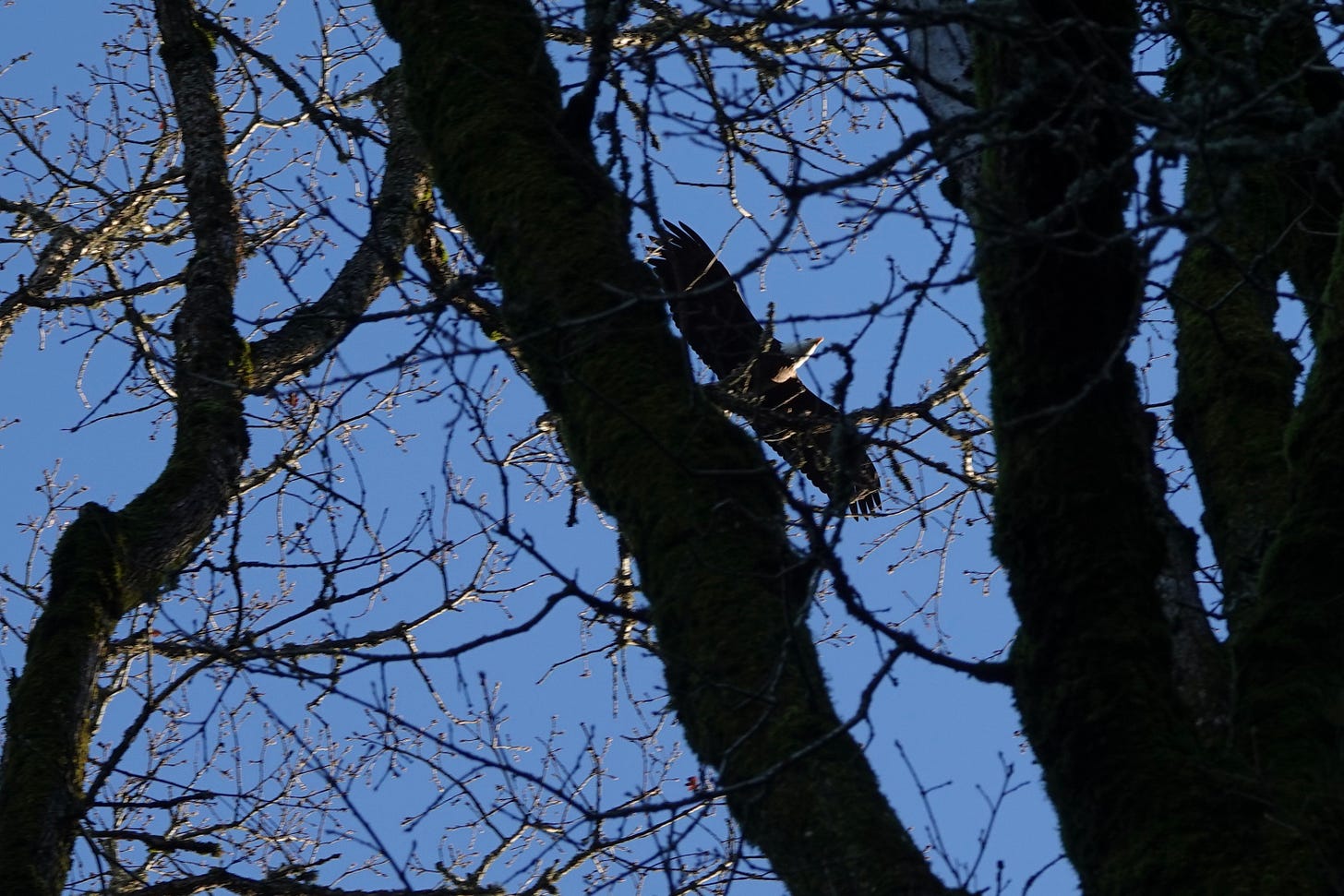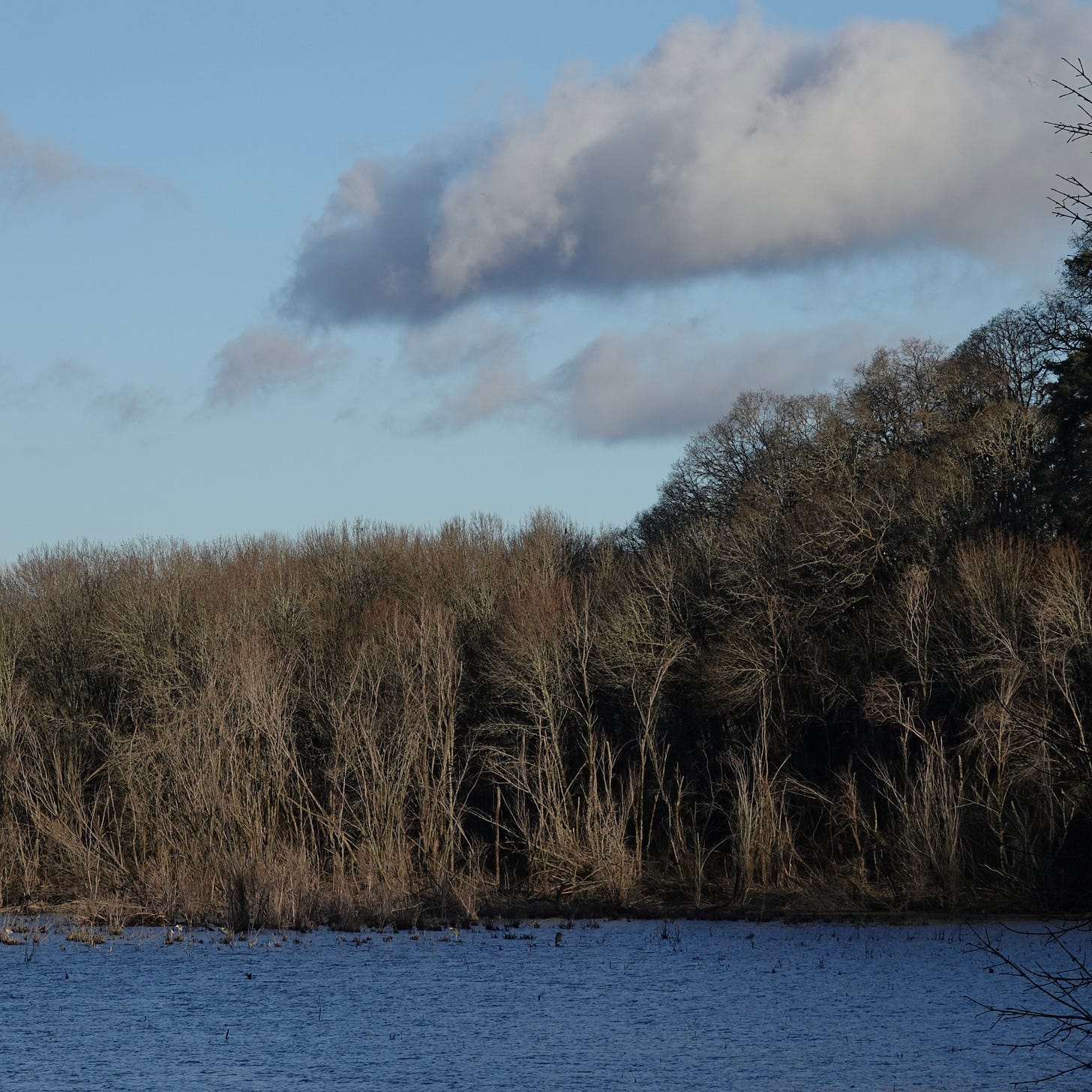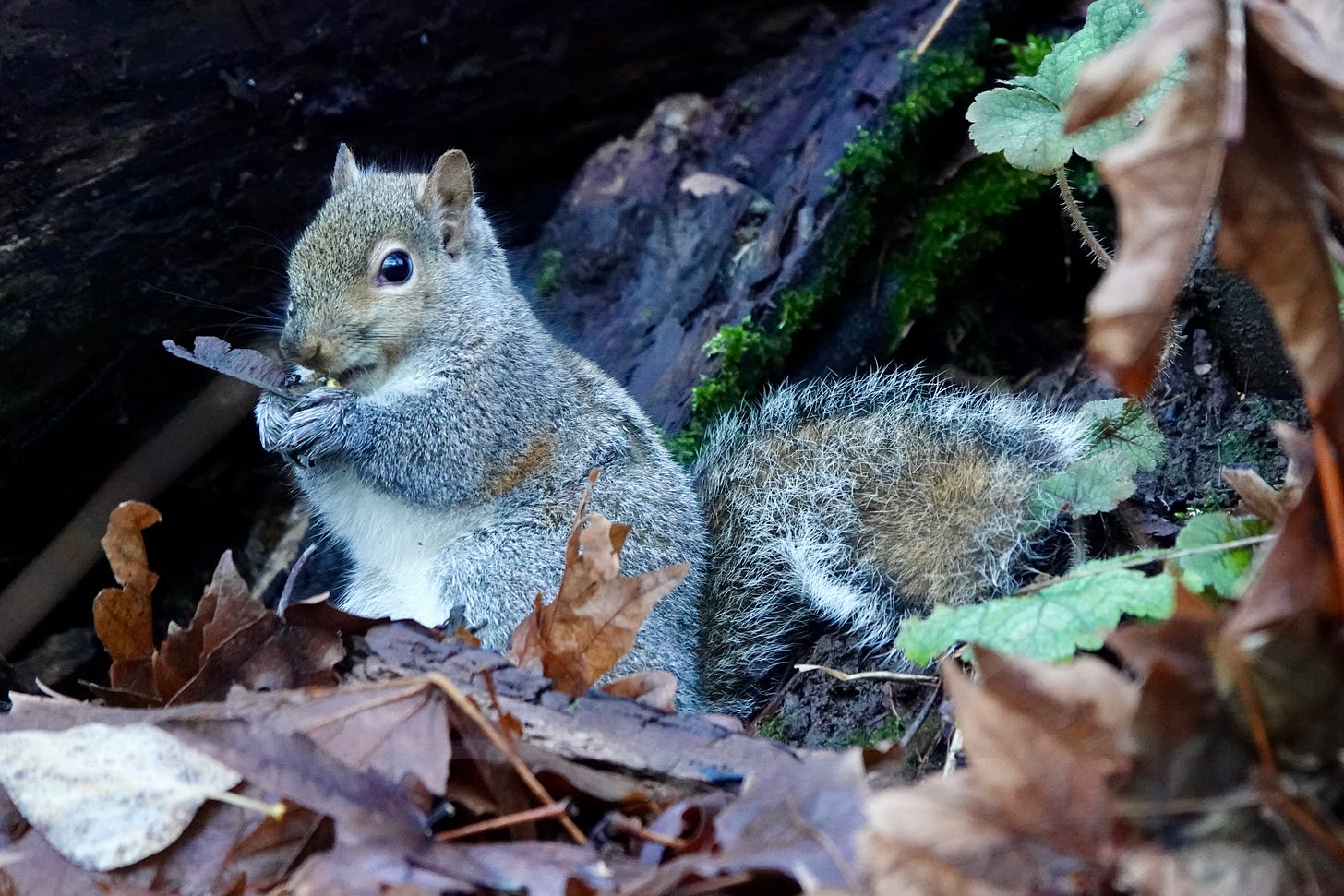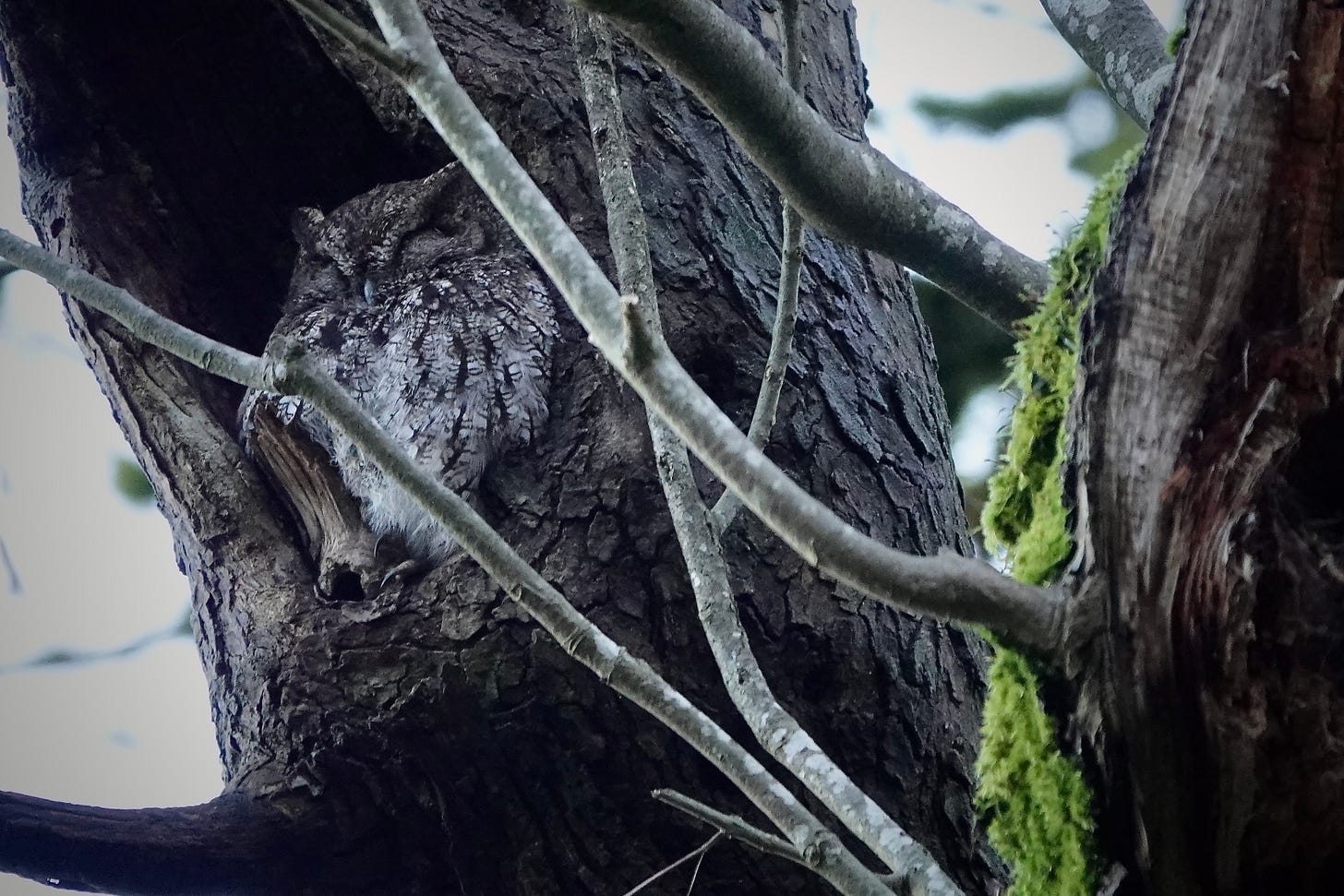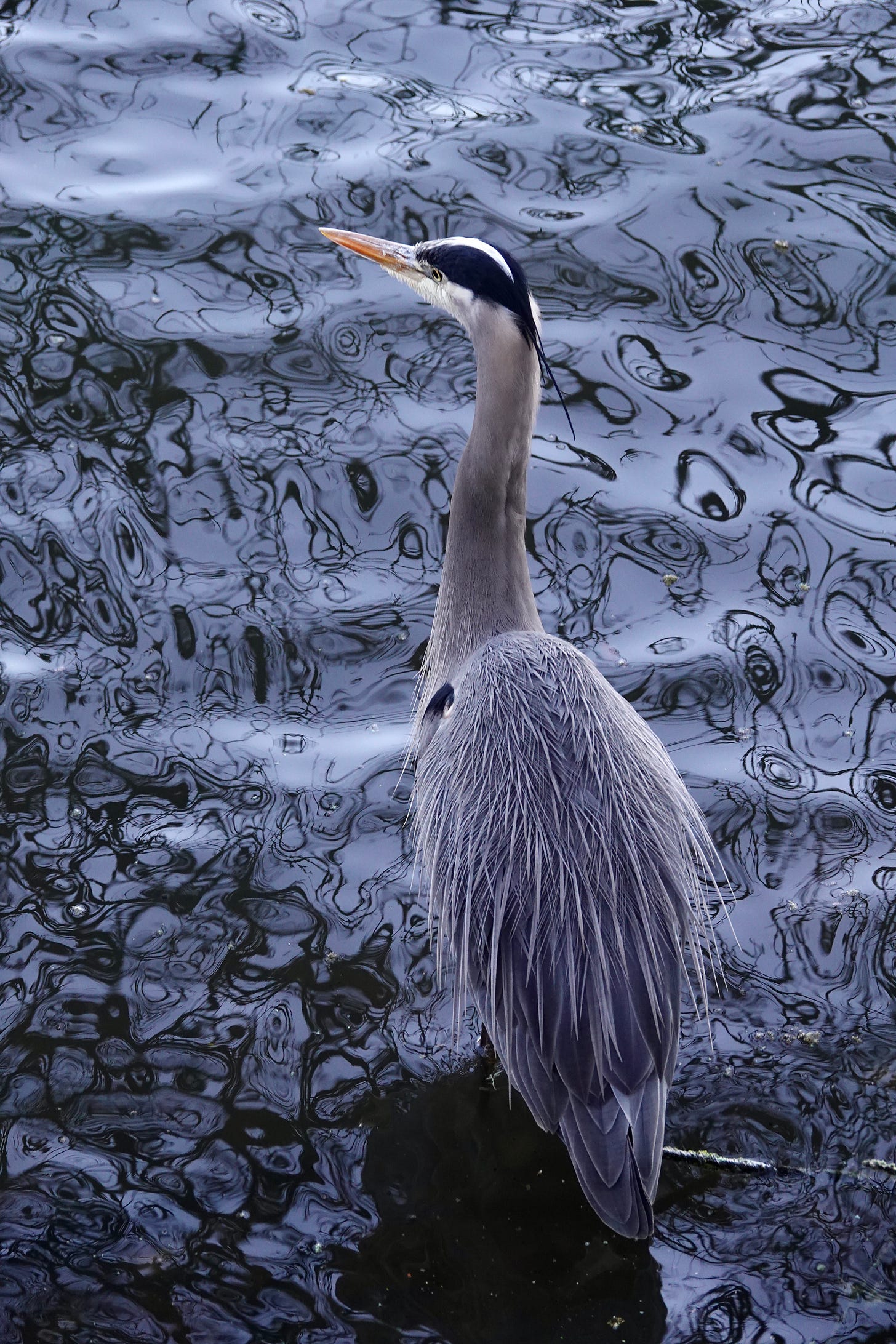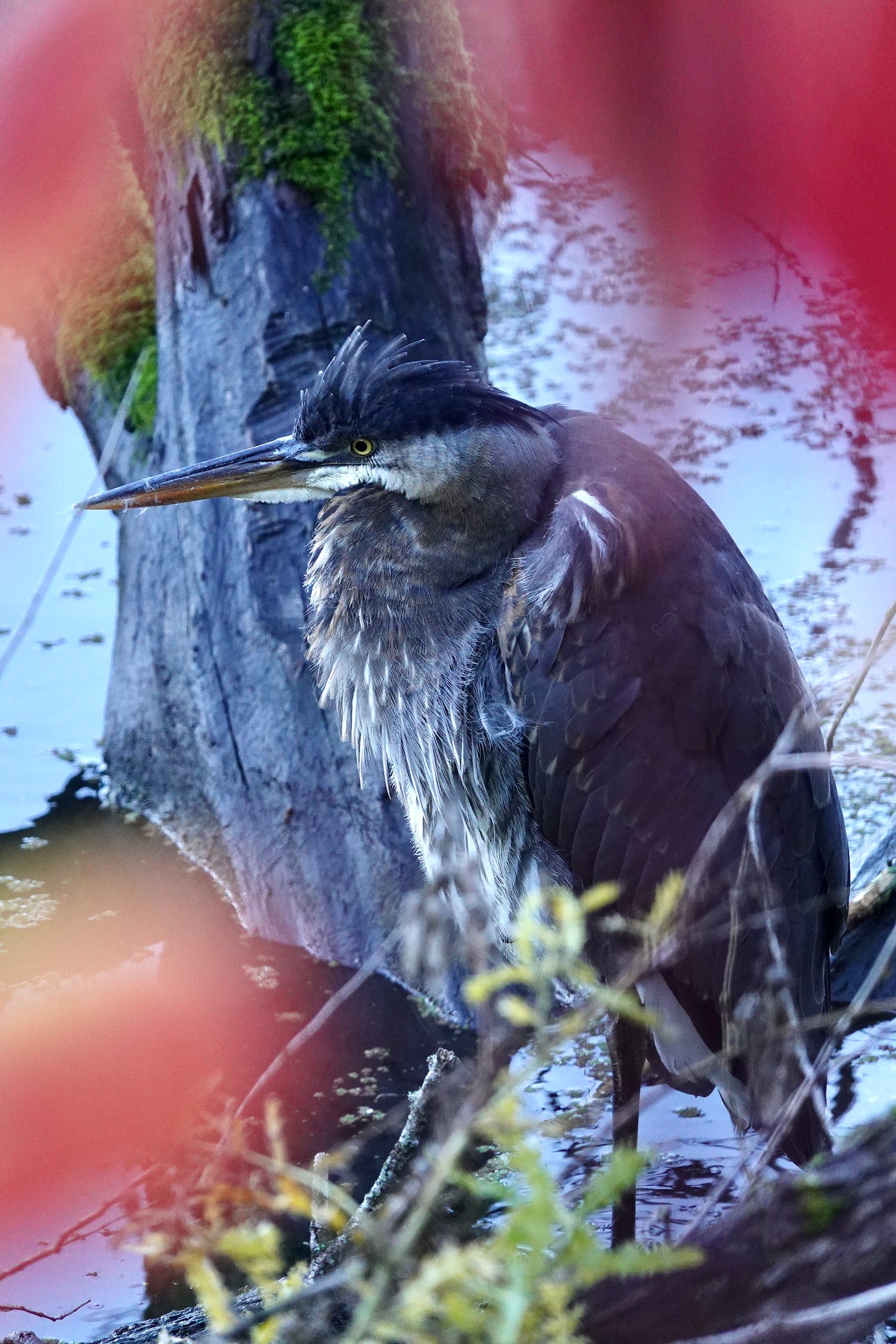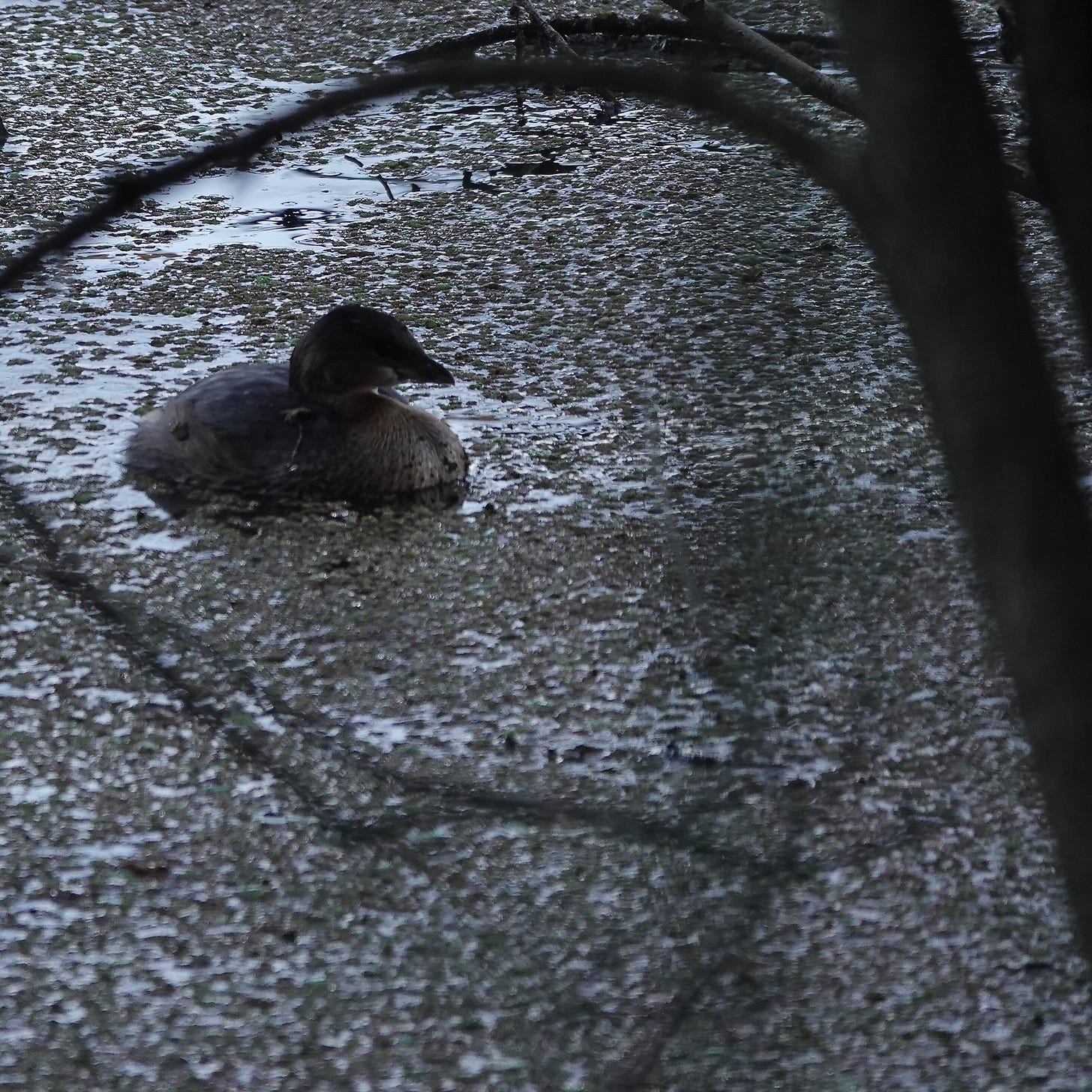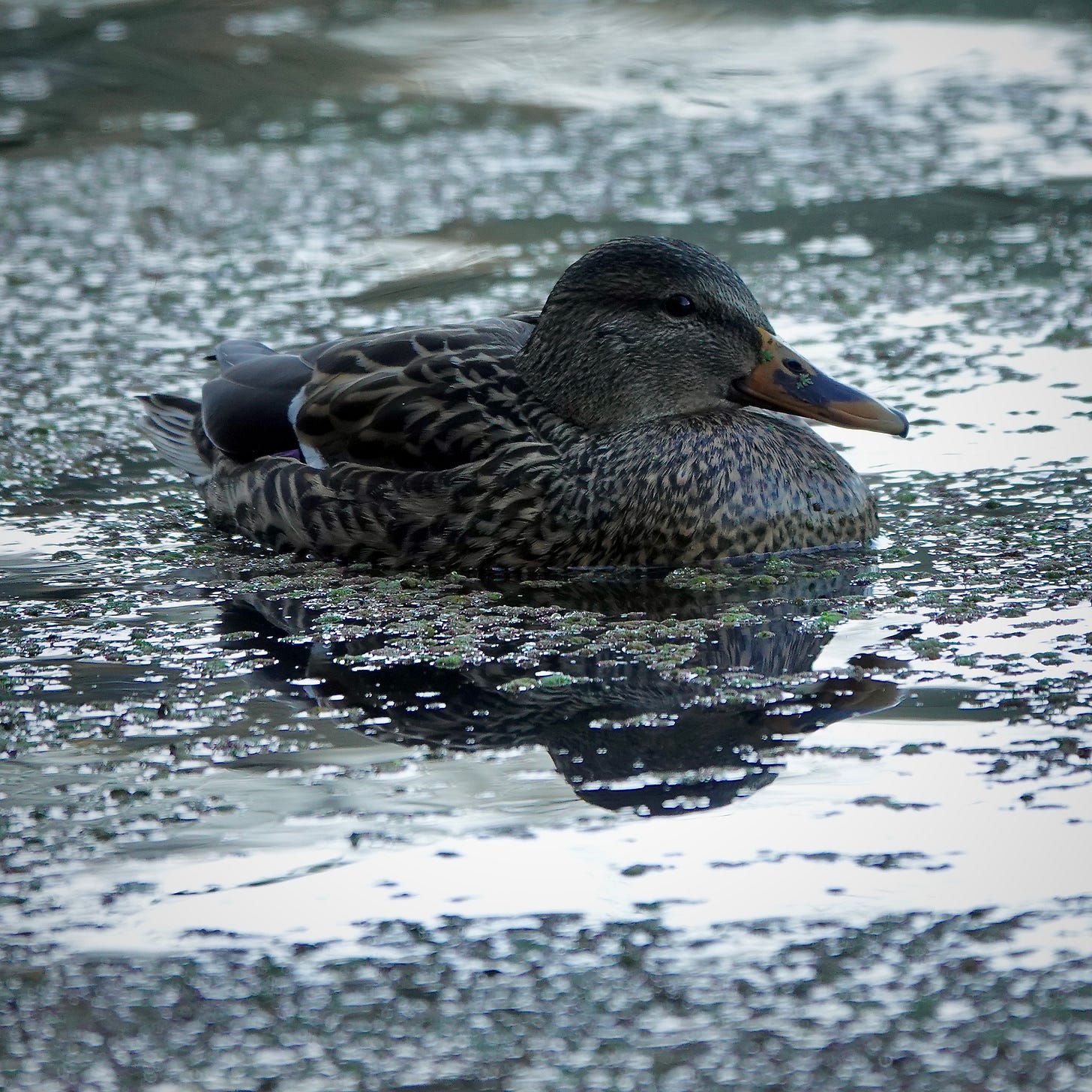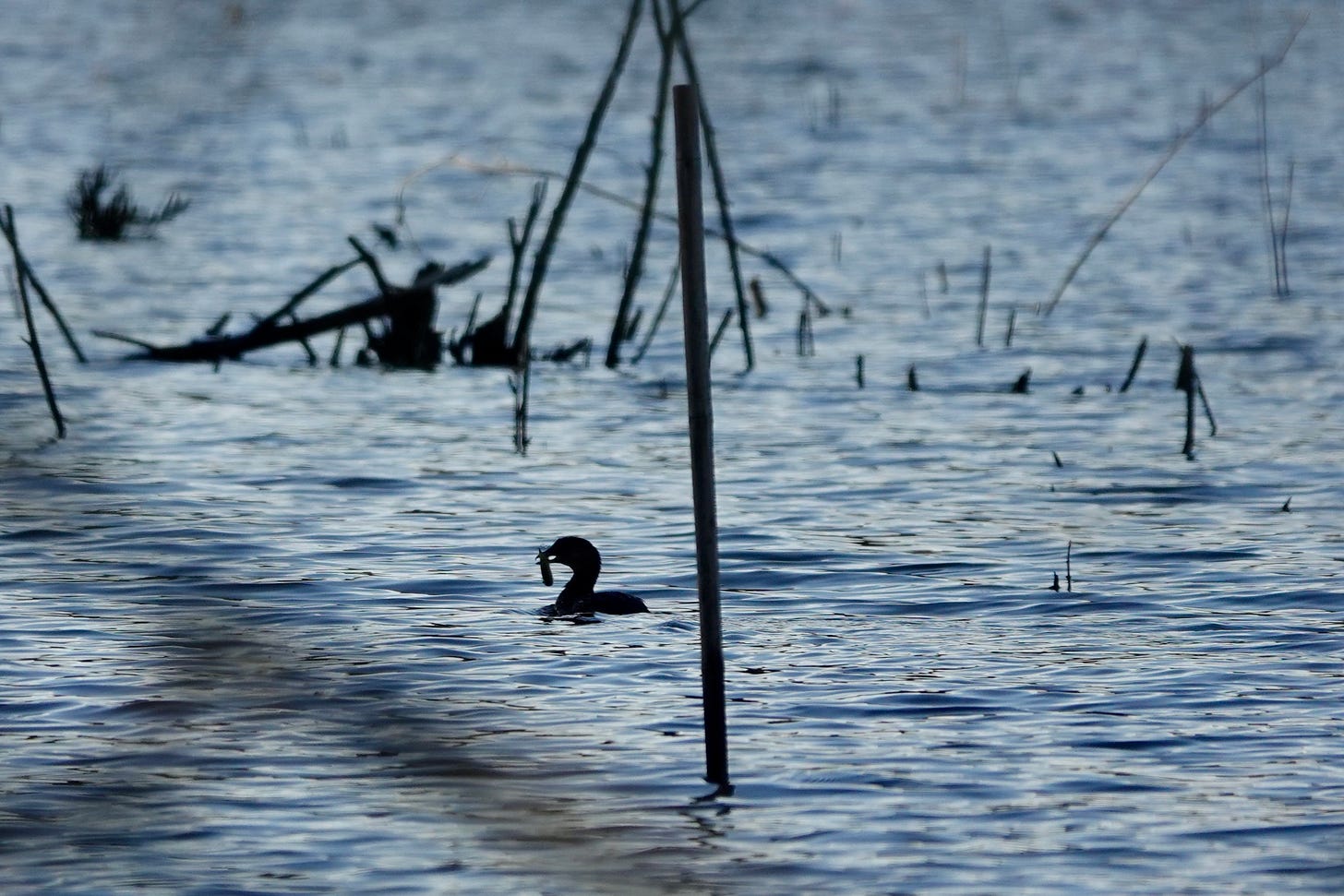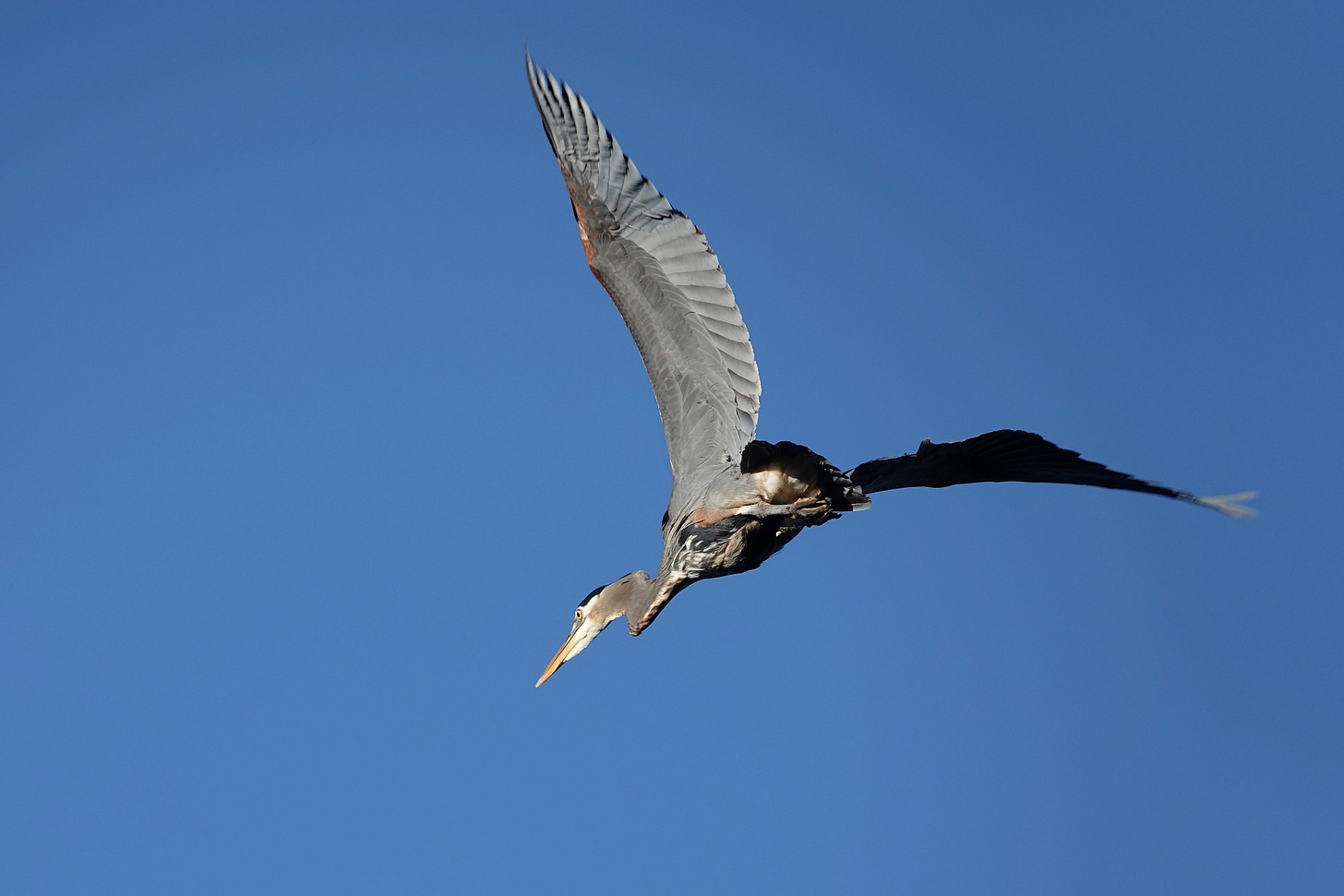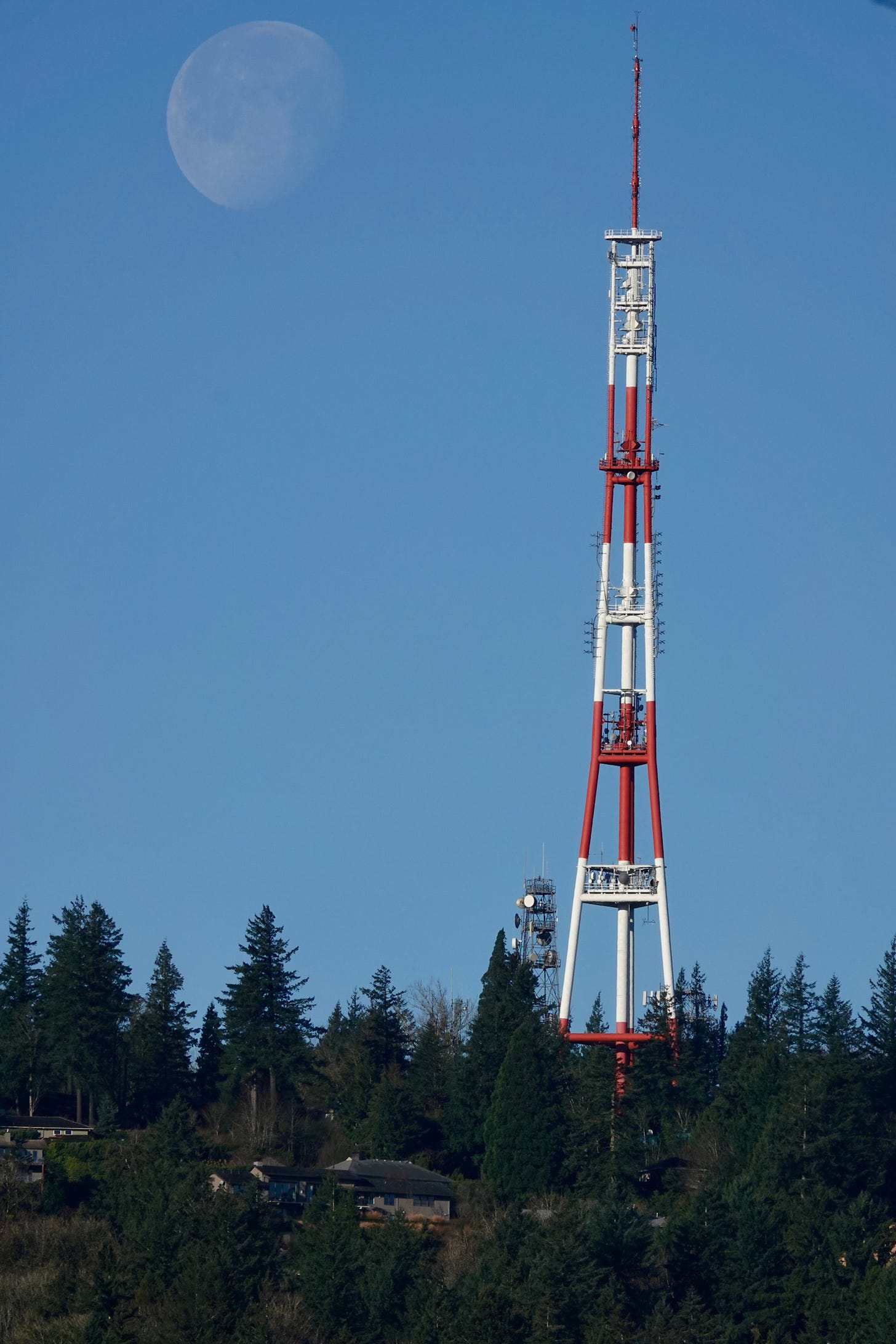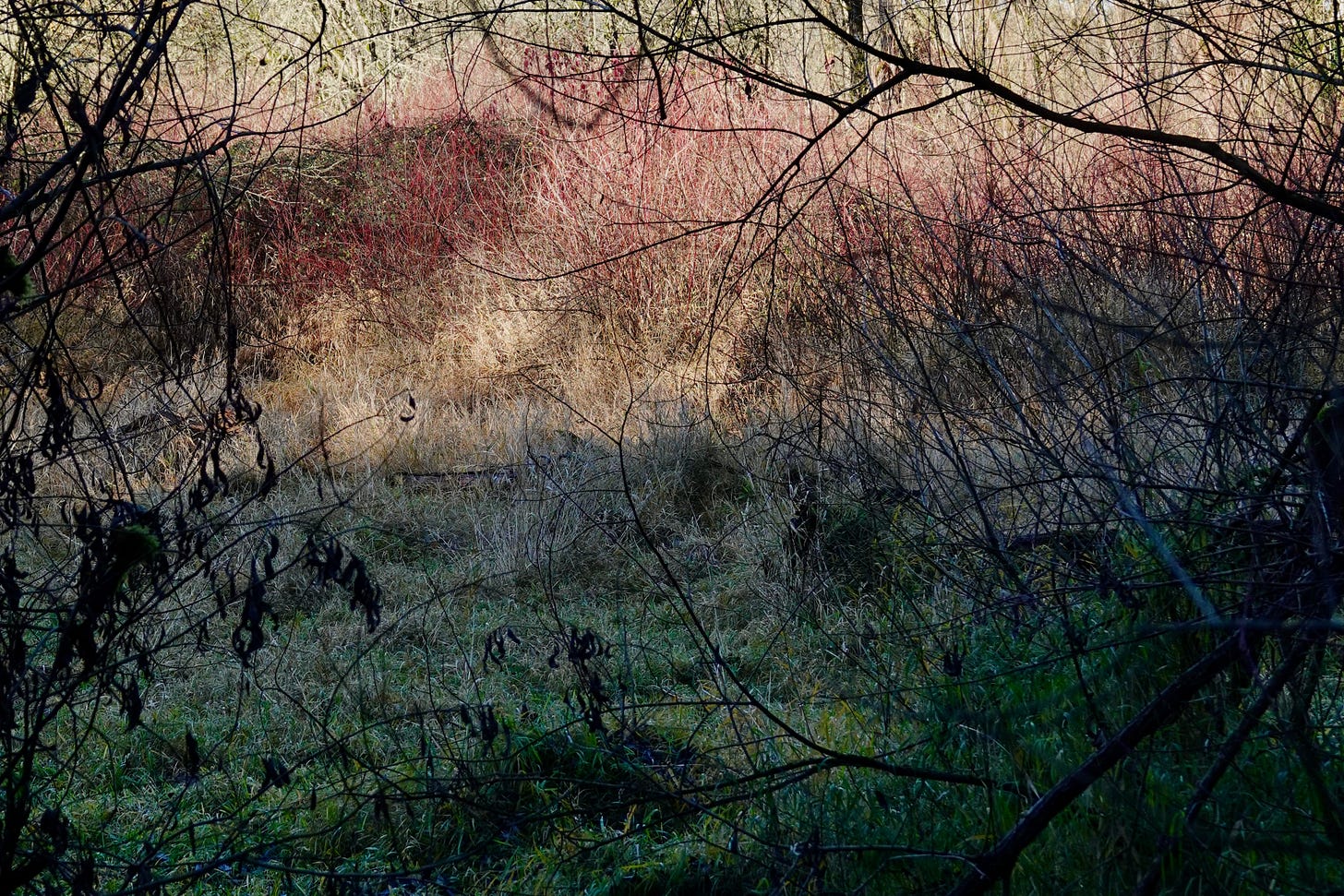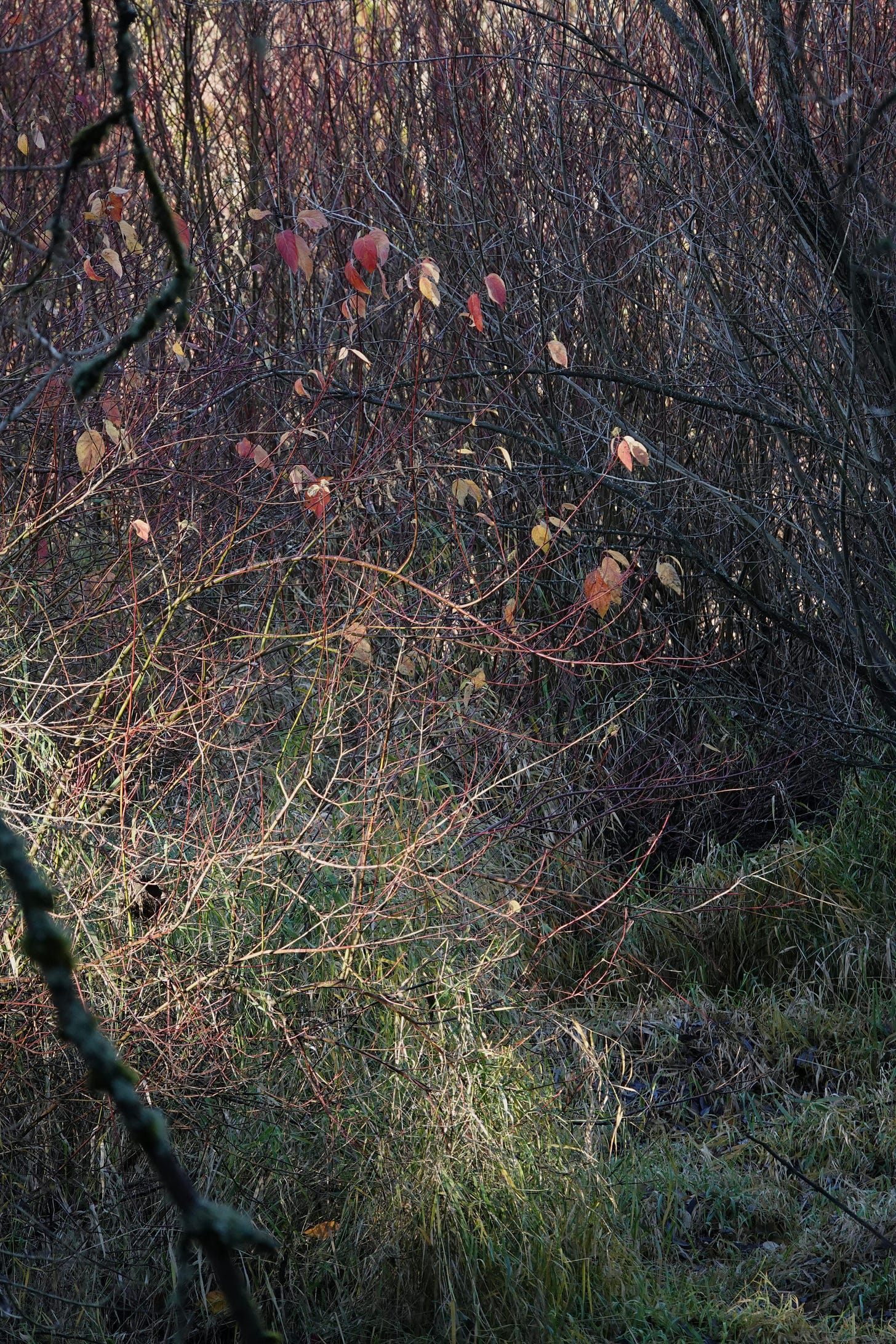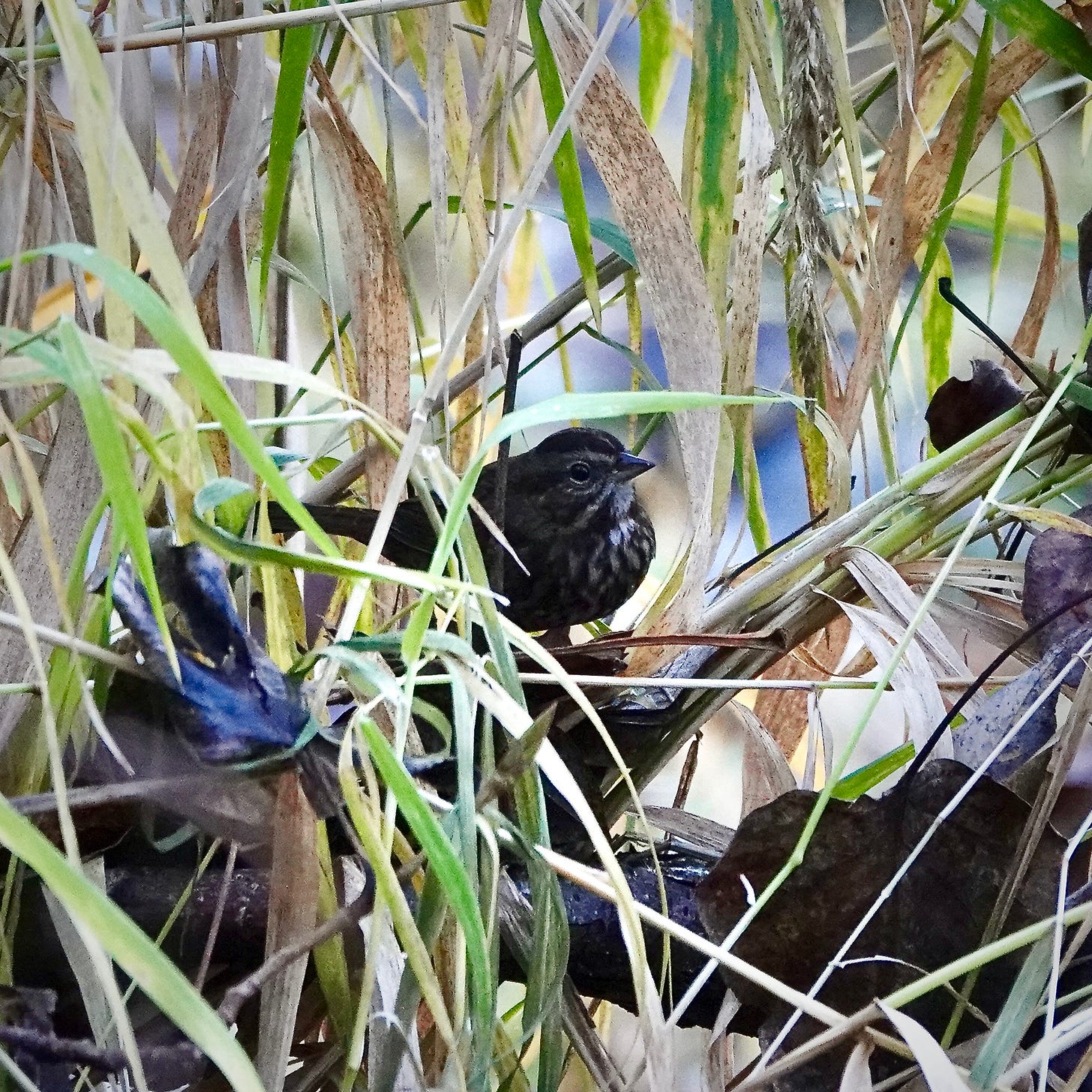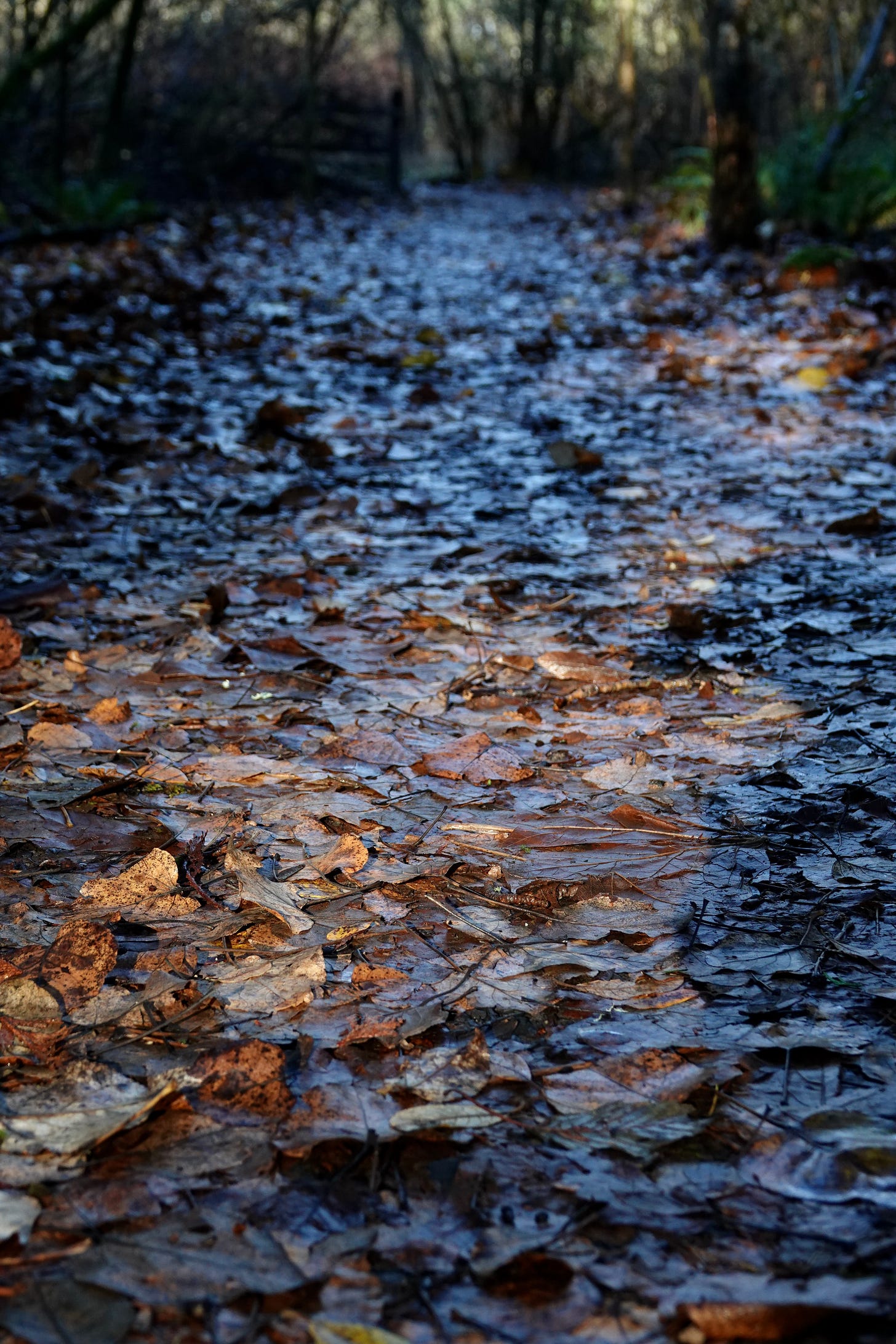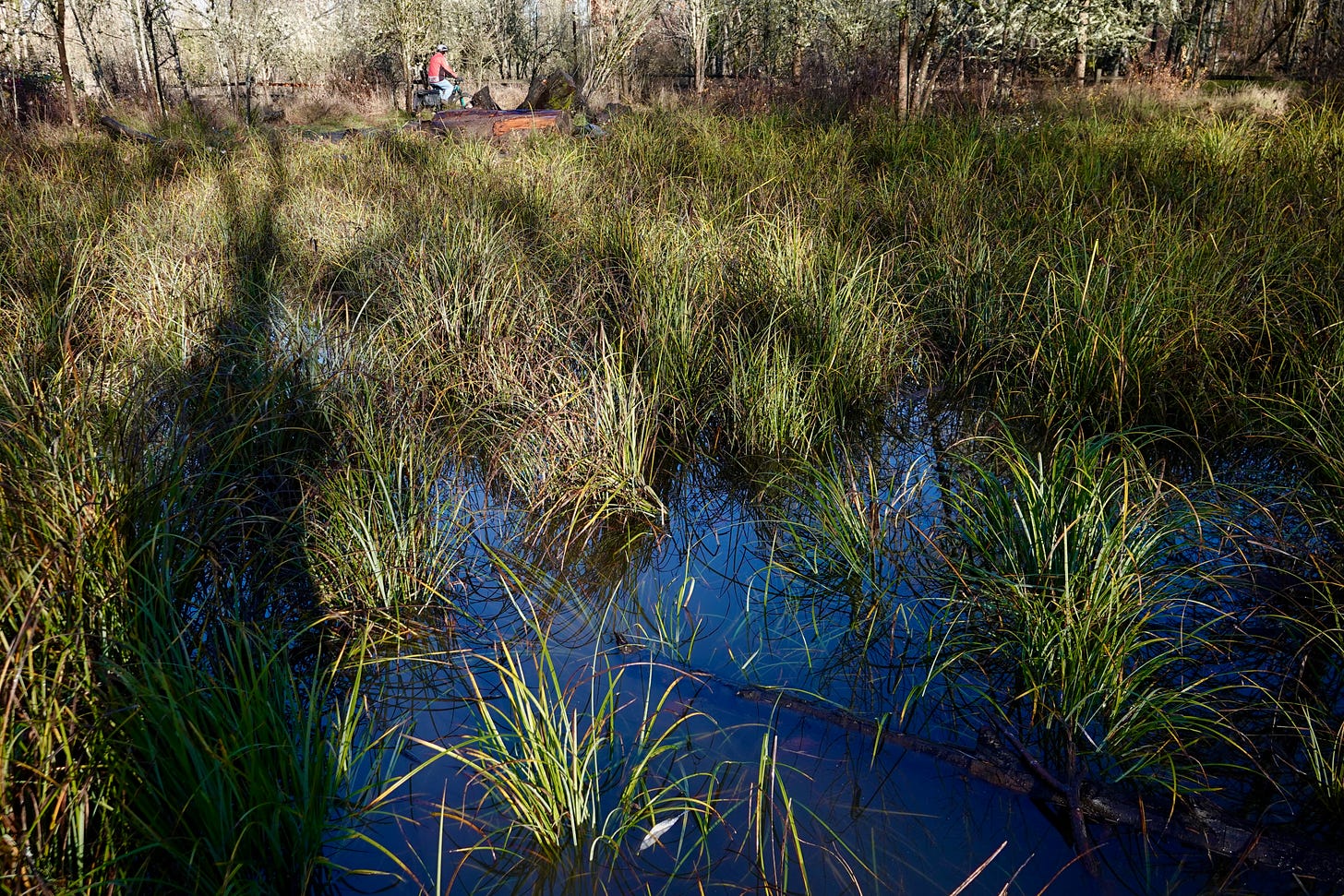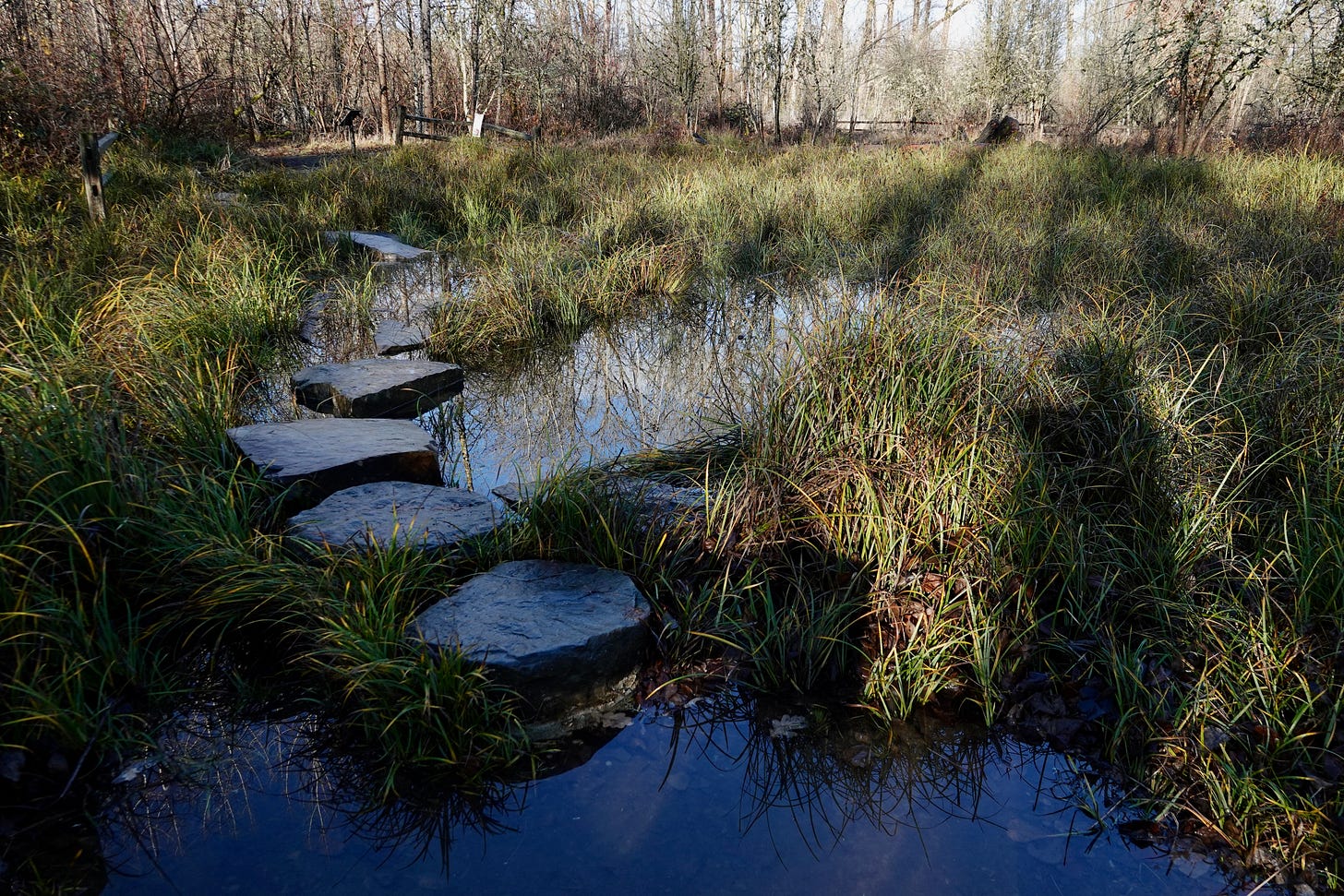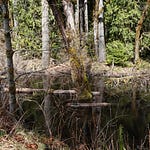Time now for another Sound & Vision; a photo essay with a soundtrack. This time we’re back at my old stomping grounds, Oaks Bottom, with a new mission: keep that shutter clicking! So feel free to click that play button up there and let’s find out what there is to see and hear today.
What a morning! The sun is out after days of rain. It’s mild. And already I hear frogs. The first thing I notice is all the water. It’s pooling up around the path and in the trees.
It’s still dripping from the snowberries.
Light streams over the bluff. The tangled limbs of oaks are golden-hued. I hear a Kingfisher. That’s odd, the pond is a quarter mile away. I hear something else too.
I look closer, and find a couple of squirrels in a spiral chase. Bits of moss fall from the tree as they scratch their way around and around.
They are fast!
But I’m done craning my neck. And I hear something else, very close, very quiet.
The moss on this nurse log hosts a slow-moving streamlet, cascading drip by drip to the soil below. Let’s look at that licorice fern.
And that tiny burst of red! I see these ruby leaves in several places. What are they?
Further along the path I see Traveller’s Joy, also called Old Man’s Beard. It’s a noxious weed, but it’s pretty in the light.
The moon is bright this morning.
Hello moon.
As I approach the pond, the wind picks up. The posts of the split rail fence host a moss that is stretching out for the light.
The spring-fed creek seems to be flowing less than usual, which doesn’t make sense to me, given that the ground is saturated. Maybe it’s just this blanket of leaves that’s muffling its sound.
As I lean over I see a stone that catches my eye. The bluff slope is full of river stones, top to bottom.
I try and picture in my mind the scenario that forms the hole in this one: a little pebble grinding away a pothole under the spell of some current. So many stones around here were deposited in the Missoula Floods that happened at the end of the last ice age. Gravel bars hundreds of feet tall in some places. How far did you travel, little stone?1
Along the boardwalk I survey the beaver worksite. Coming along. The downed tree is in the water, now stripped of its bark at the waterline.
Along the way I hear Black-capped Chickadees and Yellow-rumped Warblers. The chickadees start to sound more insistent. They add “dees” to their calls: chick-a-dee-dee-dee-dee-dee. That’s a warning. I hear ducks dash off. Then I hear the telltale squeal: the local apex predator, the Bald Eagle, is making the rounds. It glides by slowly above the trees, catching the upwelling air currents. Do you see it?
At the observation deck I take in the panorama of the pond. The fluffy low-lying clouds look novel to me. Not typical for the season.
And so does this squirrel munching on a samara, a little helicopter seed. Did you know they are a spring delicacy for us humans too? Peel and toss on your salad, says Curious by Nature.
And while I’m out here let’s check on the resident Western Screech Owl. If you didn’t know where to look, you’d never see it. Even with someone telling you where to look, it can take a minute for your eyes and brain to register it. A master of disguise. Snoozing, as per usual.
Back along the boardwalk, I spend a moment with this GBH. (That’s birder speak for Great Blue Heron.) It’s not at all bothered by me.
Such a curious creature. So statuesque. Intense.
Look at its feathers. Such a beautiful color. In fine art paint it’s Paynes Grey. Just mix a little Titanium White. Voila!
Rounding the bend I see this distinguished elder. I frame it with some red leaves in the foreground. Ooh, artsy.
A few paces down the path I see a little spy. So secretive, the Pied-billed Grebe. Always slinking away silently, often submerging like a submarine. It’s the smallest of the waterbirds here.
I decide to scramble down to the shore, to see if I can get a better photo when it comes up for air. It’s smarter than that of course. It can track my movement on the shore, eyeing me from under water. I admire this female Mallard instead.
None of these wildlife photos would generally make the cut, by the way. Poor lighting, and only the squirrel was at eye-level. (You always want your subject at eye level…) Soon enough the grebe comes up with a splash. It’s got a fish.
It takes it a minute to subdue its catch.
A GBH is relocating and it doesn’t sound happy about it. I rattle off some shots. Only one is in focus.
Around the bend I see a photographer friend. He’s looking for a line to frame a shot he wants. I look for a bird and ask, “What do you see?”
“The moon, next to the tower,” he says, and then I see what he’s after.
We both take some photos. I say, “I’m having trouble focusing on the moon.”
“Focus on the tower; it should be at infinity.” Solid advice.
Now, if you’re not up to speed with that lingo, let me just take a second to explain, in the way that I chose to visualize this after we parted ways. “Infinity” here is used to indicate that from the tower and beyond, all the way to the moon, will be in focus. You know the line, “All the world’s a stage…”? It’s a useful metaphor when it comes to the concept of focal planes and focal distance. In this case I imagined seeing a stage in my viewfinder—a little diorama in a shoe box—but with countless imagined curtains and scrims and screens all the way to the moon at the back of the stage. I imagined a size “infinity” shoe box. I visualized the screens lifting in sequence, revealing new backgrounds and lighting scenarios, endlessly. All in focus. An epic play. To the moon.
The sun’s rays, are striking that faraway orb, bringing out the details of its craters on the bottom side. In the same way, the spinning earth is now causing the red-osier of these bottomlands to be illuminated by the light angling in over the bluff.
I walk along and the Pacific tree frogs get louder. I stop and listen to them. They are so close. I’m fully training my ears on them, to try and see one. In all my days—and there have been many here—this approach has never worked for me. Today is no exception. A passerby says, “Do you hear the frogs?”
“Yes, yes!”, I say, thinking, oh I hear them alright!
“So charming,” she says. I wonder if the moon has anything to do with the frogs vocalizing more than usual today?2 It feels warm and cheery in this imaginary shoebox.
It’s so nice, in fact, that I decide to take the long way back. Before I go, I train my camera on this Song Sparrow. It’s peeking through one of the screens.
The path over to Tadpole Pond is covered with cottonwood leaves. These are the leaves that sang in the trees last spring, in my Cottonwoods Suite recording. Now they lie on the trail like quilt. Saturated, they squish under foot.
At Frog Pond I hear the swish of fine gravel. Someone on a bicycle has joined me here.
Soon enough I realize what I’m witnessing. For many, many years now, someone has been leaving birdseed and suet cakes here in the winter, on the far side of the circle path. I always wondered who, and why? I make my way over, and say hello.
“Is this your personal service project,” I ask, “feeding the birds?”
He chuckles. “They probably appreciate it when it’s cold out here,” he says as he drops lines of seed on the split rail fence. He points to a young tree that usually hosts a little 6” x 6” x 1” cage. A chunk of suet cake is wedged in the crux of a branch. “Someone took the suet feeder…happens once in a while...” Still busy with his routine, he offers, “I guess it’s better to feed them towards the spring…”
And then I detect that maybe I’ve made him a little uncomfortable, or maybe not. But, I don’t want to make him feel scrutinized or questioned. Eventually I just say “Have a great day!” and I take my leave, feeling like I have witnessed something special.
Does the moon affect frog vocalizations? Yes, there have been some scientific studies to suggest amphibian vocalization and moon phases are linked.
A study has found that 12 out of 37 observed species were most active during the darkest phase of the moon, while two species were most active during the lighter phase.
Another study found changes in ambient light affected the abundance and habitat use of American bullfrogs.

